women & snakes
“The snake is life force, a seminal symbol, epitome of the worship of life on this earth. It is not the body of the snake that was sacred, but the energy exuded by this spiralling or coiling creature which transcends its boundaries and influences the surrounding world. [. . .] Its seasonal renewal in sloughing off its old skin and hibernating made it a symbol of the continuity of life and of the link with the underworld. ”
Medusa
Amanta Scott, encaustic on canvas on panel, 36 x 36 inches / 98 x 98 x 5.75 cm (framed), Eyeing Medusa Series, 2019-2021, in private collection, Kingston, Ontario

Harriet Hosmer (1830–1908), Victoria Art Gallery

Winifred Hope Thomson, 1896, National Trust, Dorneywood
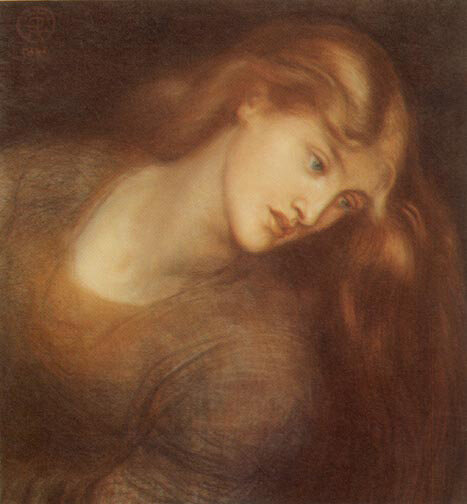
Dante Gabriel Rossetti, 1828-1882
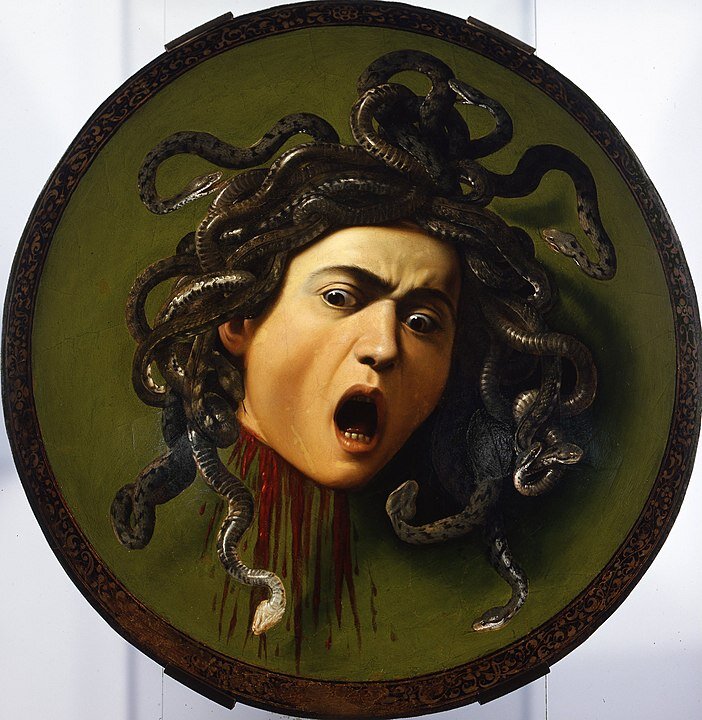
Michelangelo Merisi da Caravaggio, 1597, Uffizi, Florence
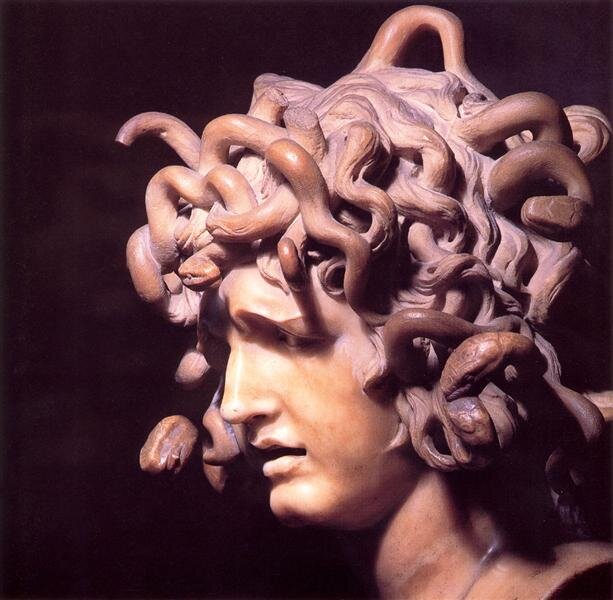
Gian Lorenzo Bernini, Baroque, Palazzo dei Conservatori, Rome, Italy
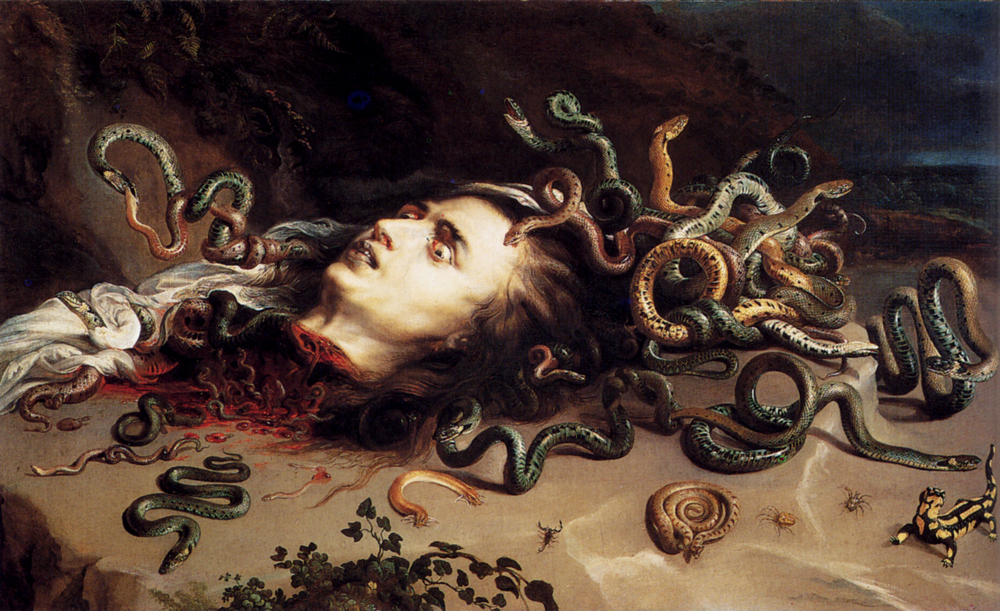
Rubens, 1617-1618, Kunsthistorisches Museum, Vienna, Austria

Arnold Böcklin, Symbolism
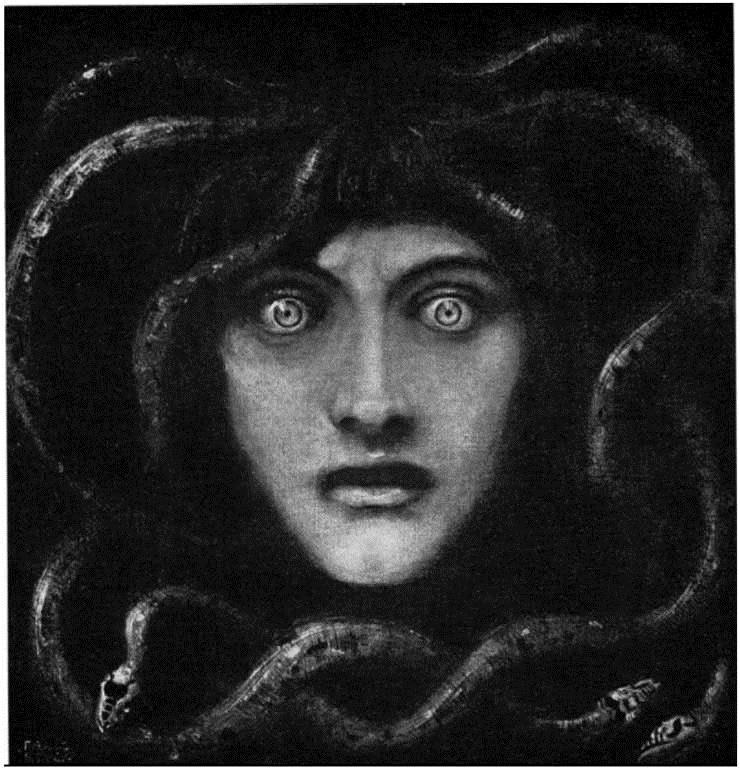
Franz Stuck, 1892
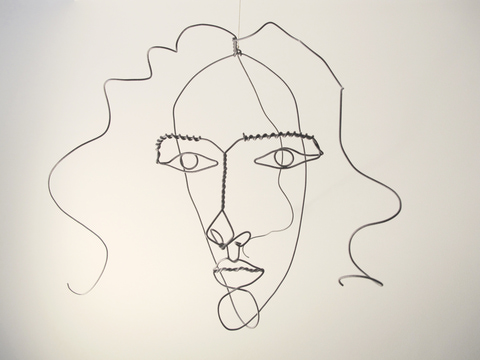
Alexander Calder, 1930
Expressionism

Carlos Schwabe, 1895
Symbolism
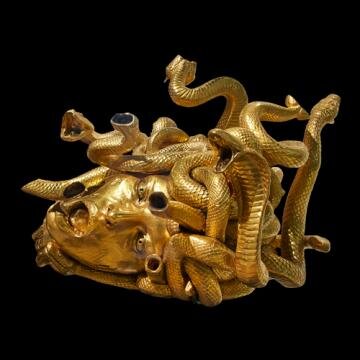
Damien Hirst, 2013, Gold, silver, 320 x 397 x 397mm (12.6 x 15.6 x 15.6in)
Private Collection
Image © Damien Hirst and Science Ltd. All rights reserved, DACS 2018
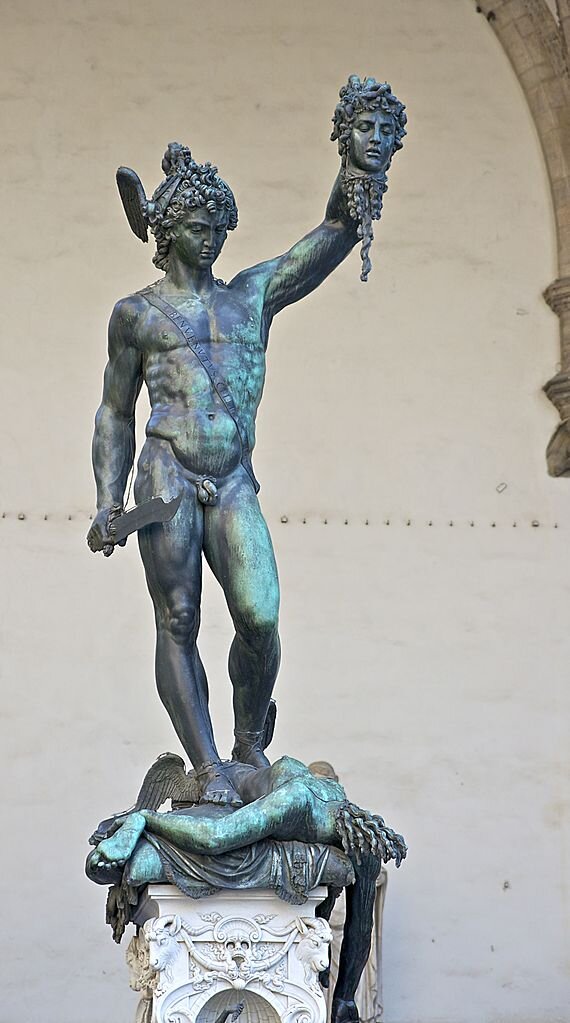
Benvenuto Cellini, Loggia dei Lanzi, Florence; Italie

Antonio Canova, 1804–1806, The Metropolitan Museum of Art

Laurent Honoré Marqueste, 1848-1920, Museum of Fine Arts of Lyon
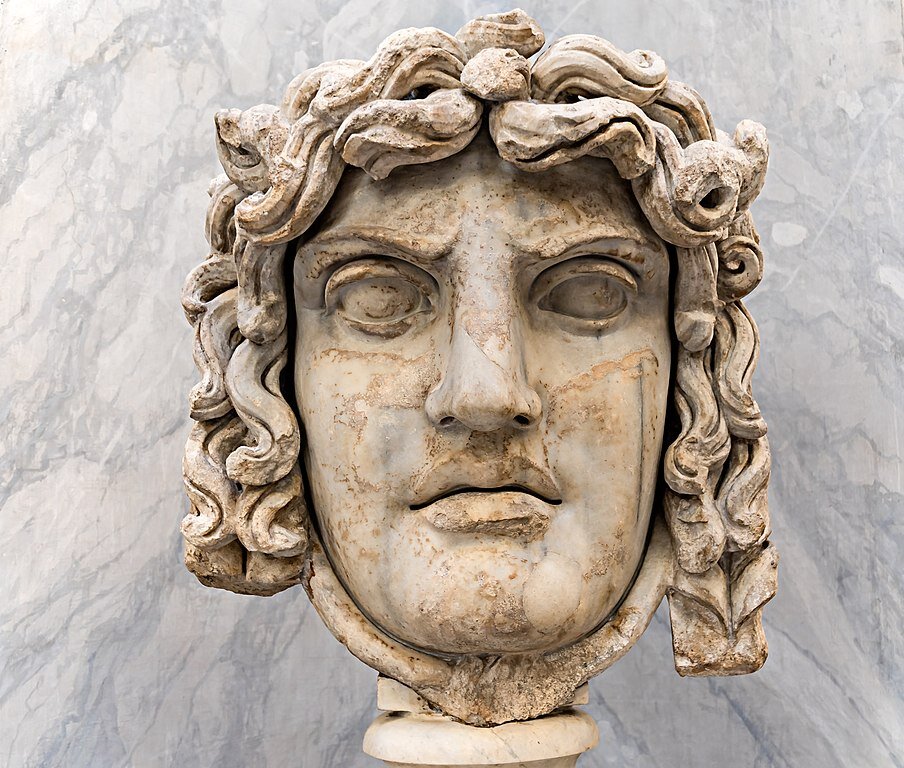
Vatican Museums, Rome
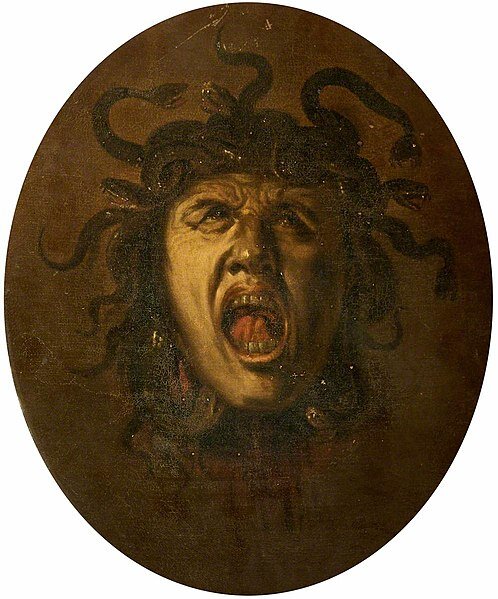
unknown painter, Italian Schook, 17th century, Kingston Lacy collection
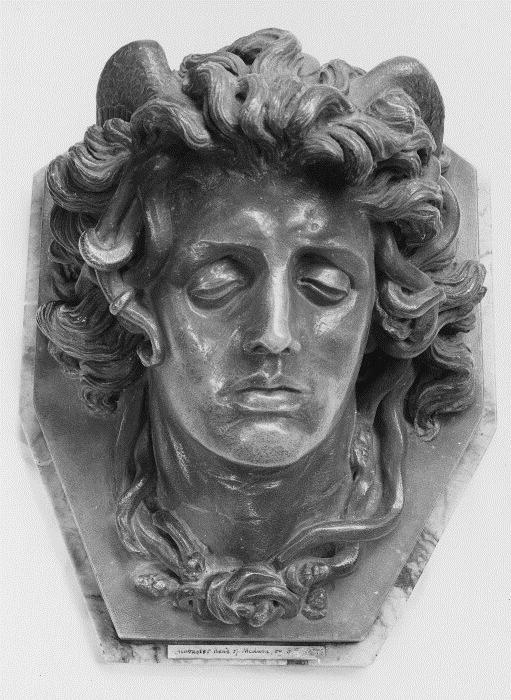
George Fredrick Watts, Symbolism
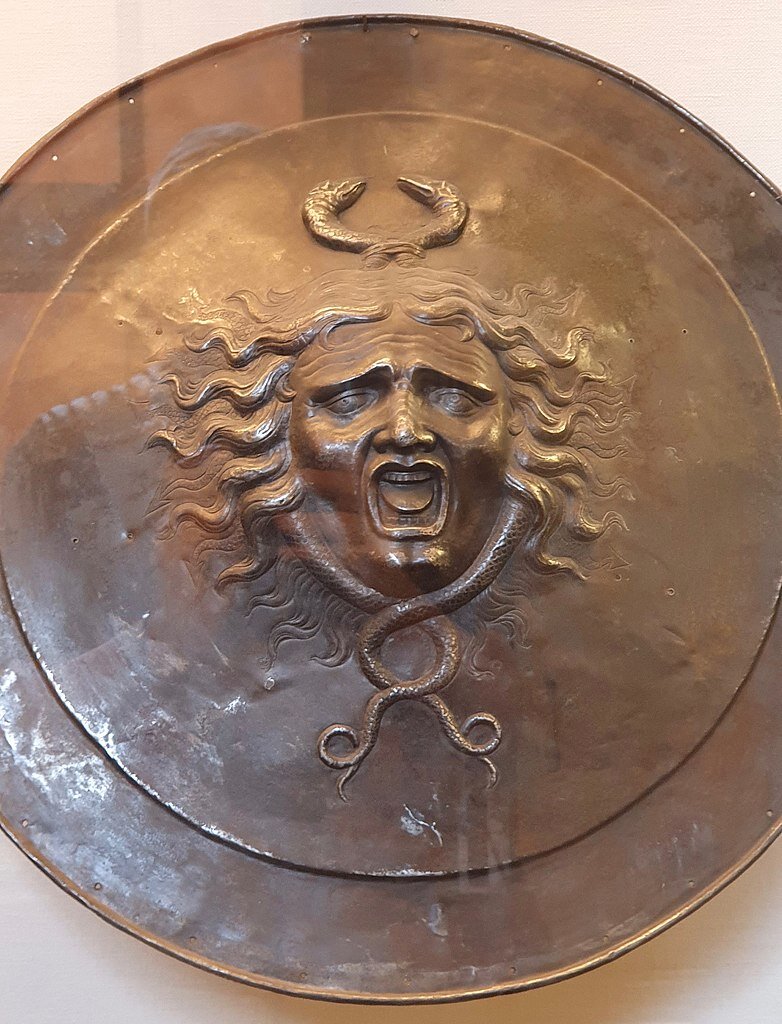
Renaissance armour, Italy, 1550-1570, Bargello
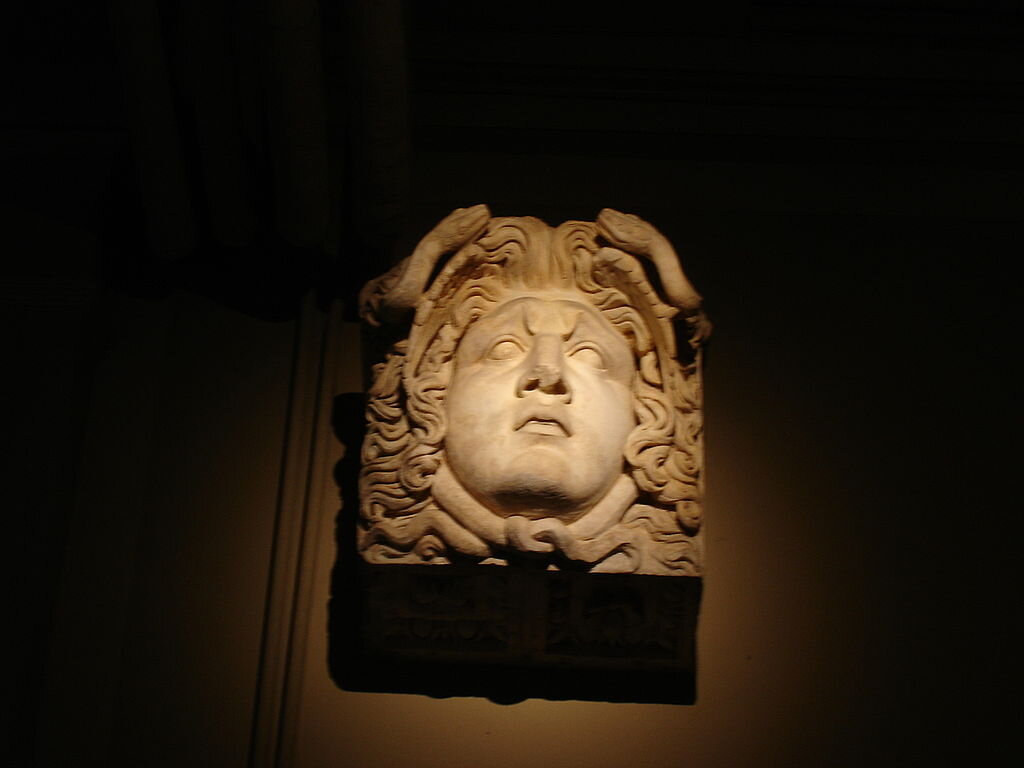
Istanbul Archaeological Museum
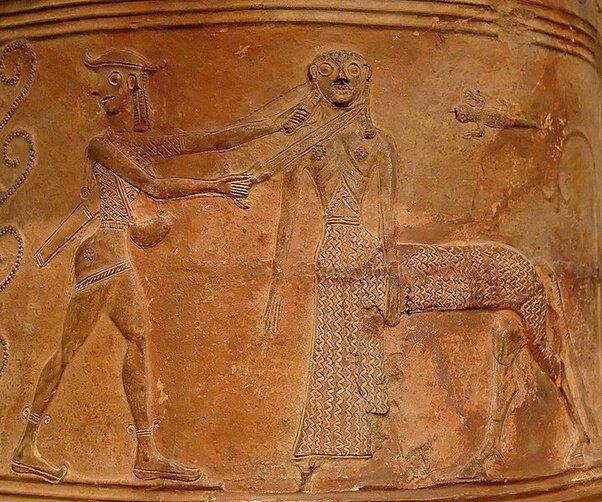
Early seventh-century BCE pithos from the Kykladic Islands showing Perseus about to chop Medusa’s head off. In this version she has the body of a horse.

1st-2nd century A.D. Courtesy of The Metropolitan Museum of Art.

Salvador Dalí

Roman mosaic of the head of Medusa from a tepidarium Tunisia dating to the late second century CE

Medusa mosaic with blonde snakes (2nd c. CE, National Archaeological Museum, Athens), image via Wikipedia

(Greek, 4th century BCE), bronze, width: 4 7/8 inches; length: 15 3/4inches (courtesy the Metropolitan Museum of Art, Gift of Mr. and Mrs. Jonathan P. Rosen, 1991)
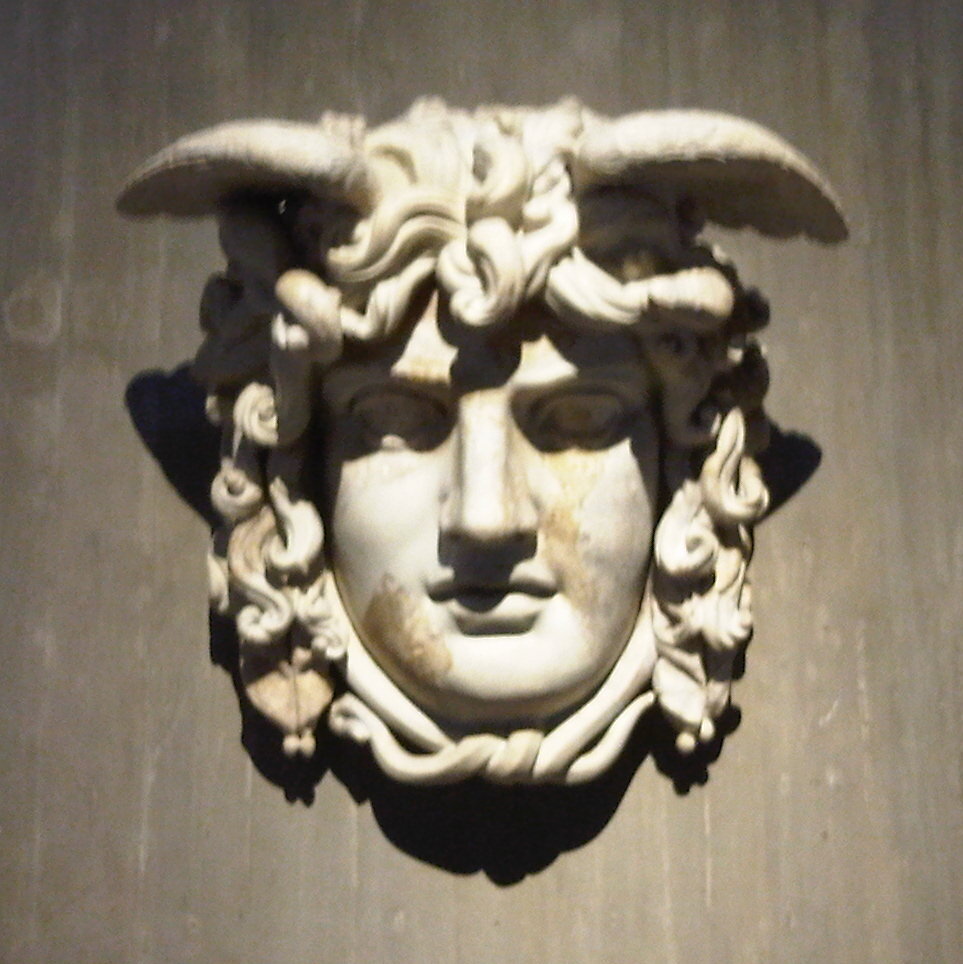
Created for the temples of Venus and Roma, built 137 AD in Rome, now in Roman-Germanic Museum of Cologne, Germany.
photo: Christoph Wagener, CC BY 3.0 <https://creativecommons.org/licenses/by/3.0>, via Wikimedia Commons

Studio of Antonio Canova, (Rome, 1806-07), plaster cast with modern metal rod (courtesy Metropolitan Museum of Art, Fletcher Fund, 1967)
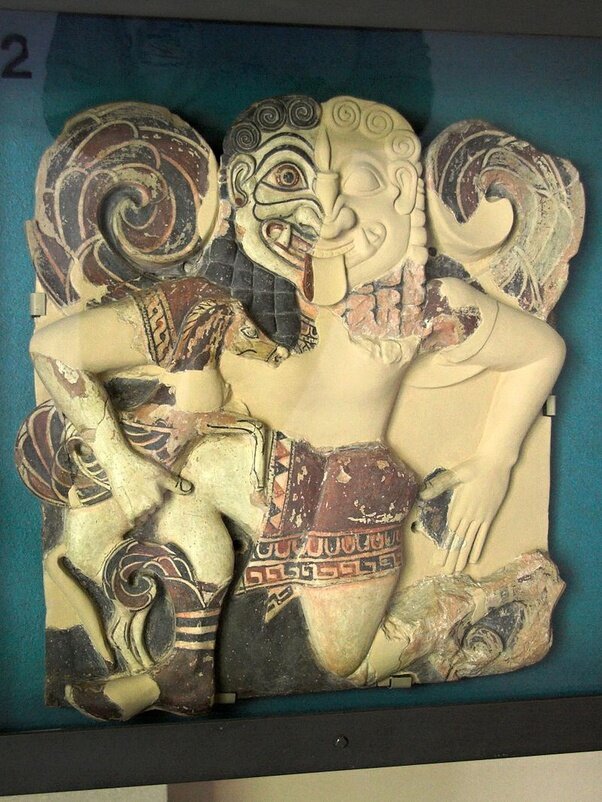
Greek terra-cotta plaque of Medusa running, dated to between c. 620 and c. 600 BCE, currently on display in the Archaeological Museum of Syracuse
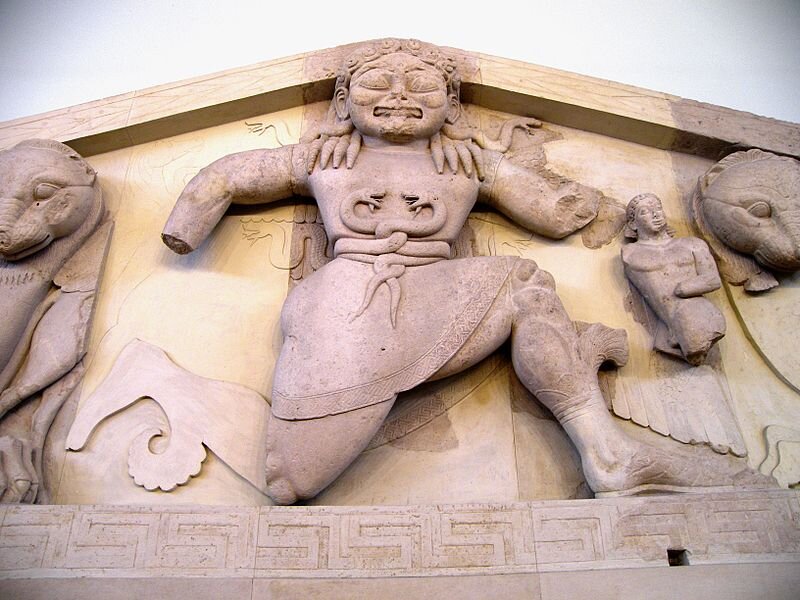
Archaic Gorgon (around 580 BC), as depicted on a pediment from the temple of Artemis in Corfu, on display at the Archaeological Museum of Corfu.
image via wikipedia
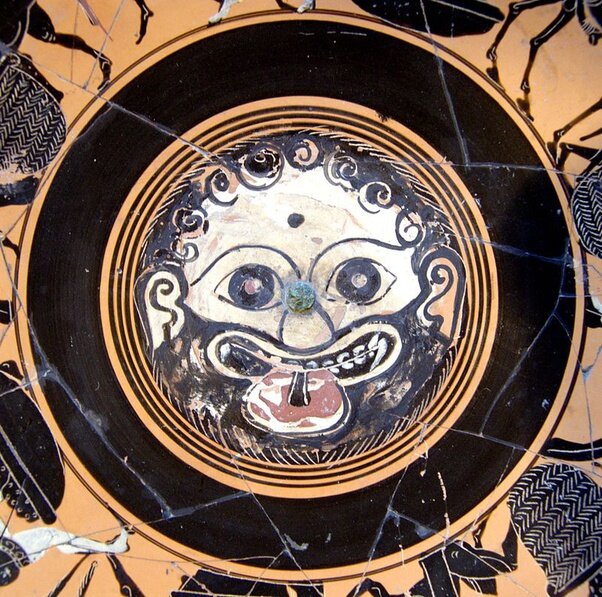
Tondo from an Attic black-figure kylix dated to the late sixth century BCE depicting the face of a Gorgon

Fasos island, 4 c. BC. Pushkin museum, image from WikiCommons
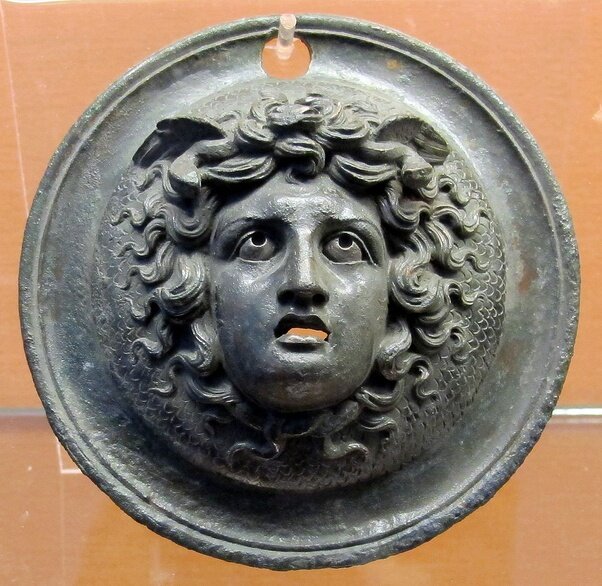
first-century CE Roman door decoration of the head of Medusa from the city of Pompeii, Museo Archeologico (Naples)
image from Wikicommons
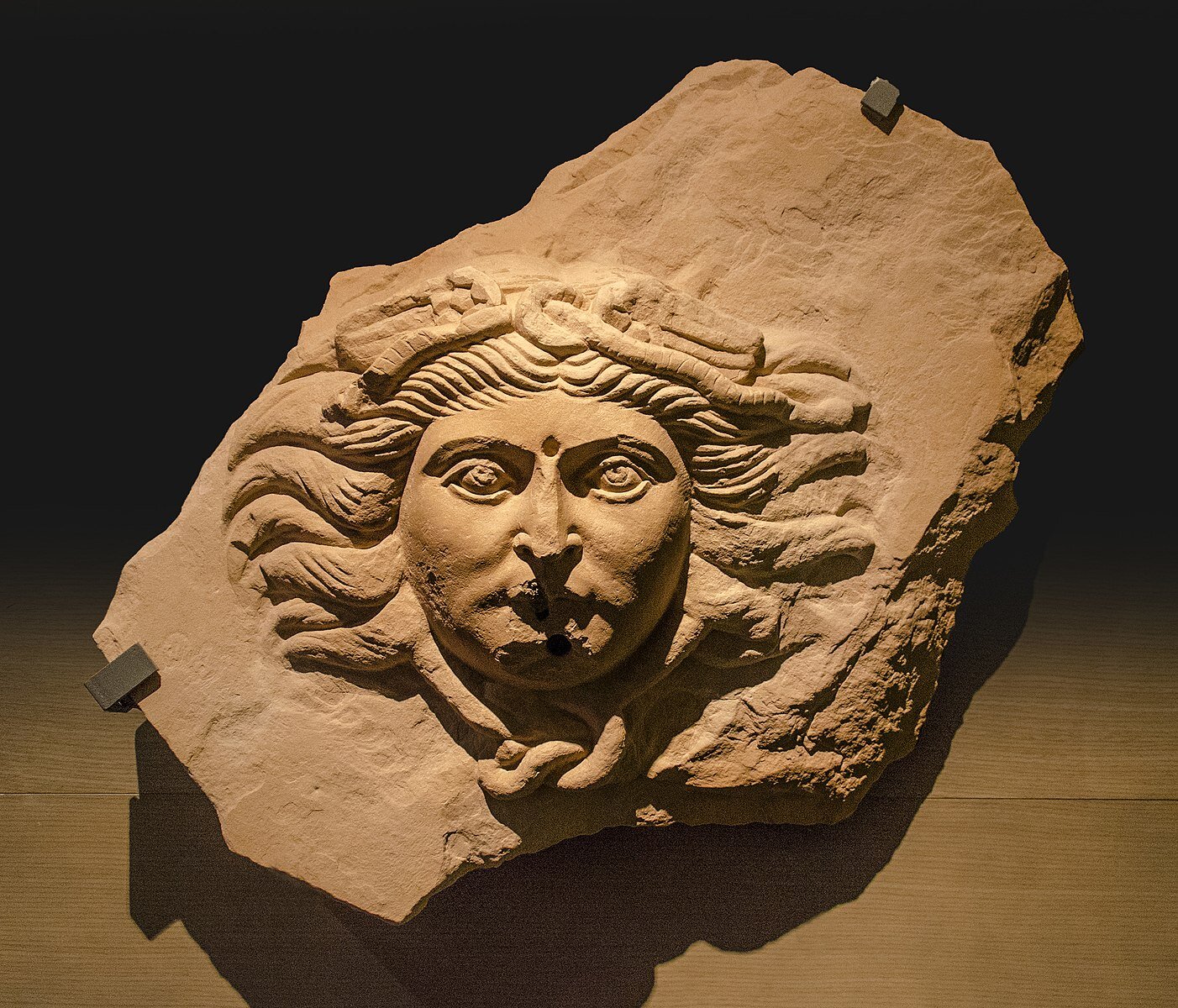
Roman relief carving of the head of Medusa dating to the second or third century CE
photo from Wikicommons
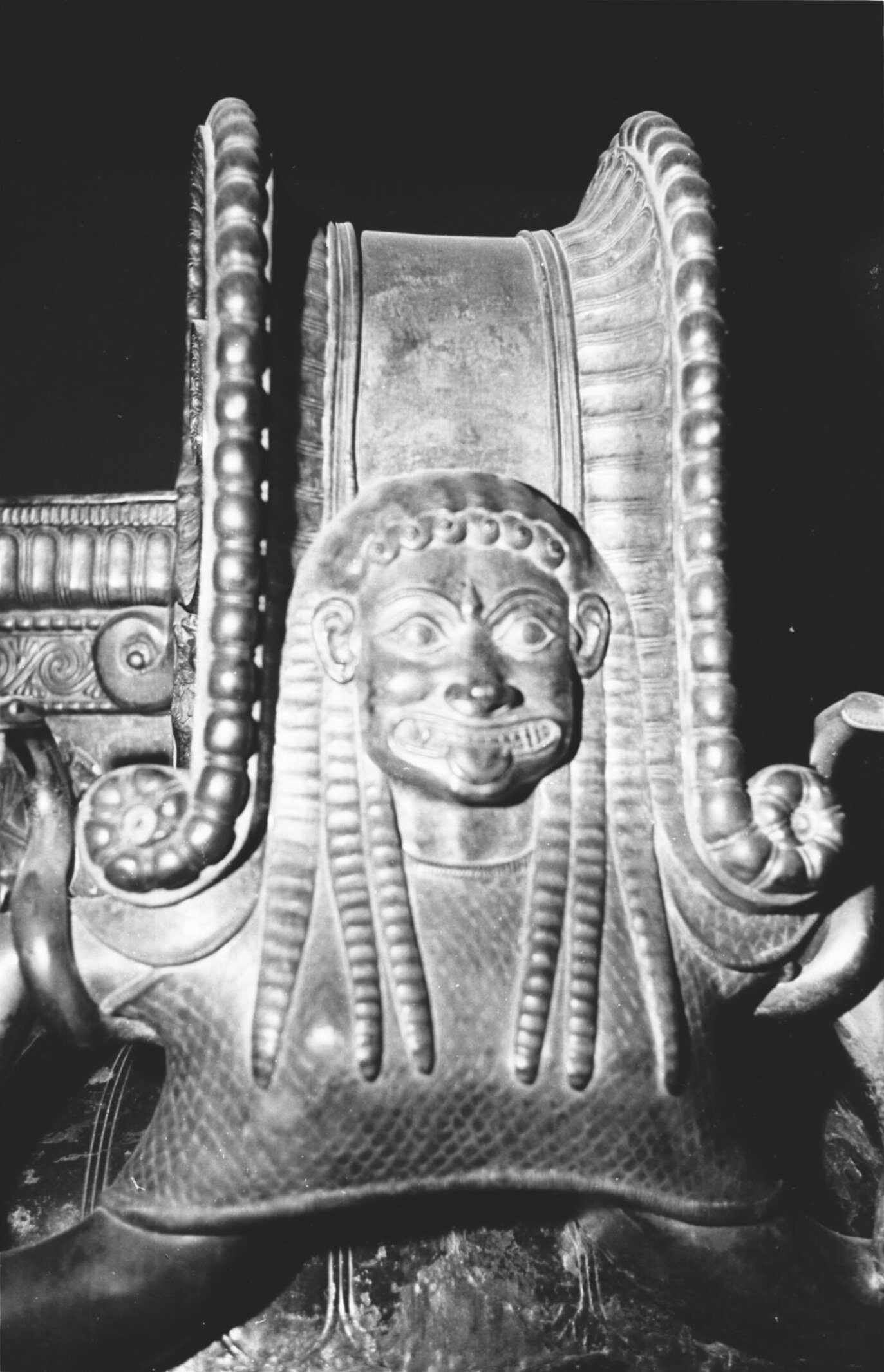
© Michael Greenhalgh, CC BY-SA 2.5 <https://creativecommons.org/licenses/by-sa/2.5>, via Wikimedia Commons
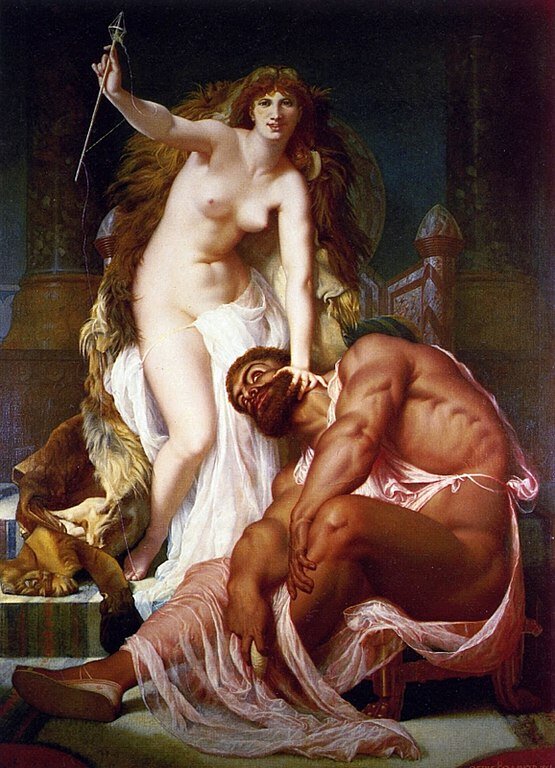
Gustave Boulanger, 19thC, image: wikicommons

François Boucher, 1735, Pushkin Museum of Fine Arts, image: wikicommons
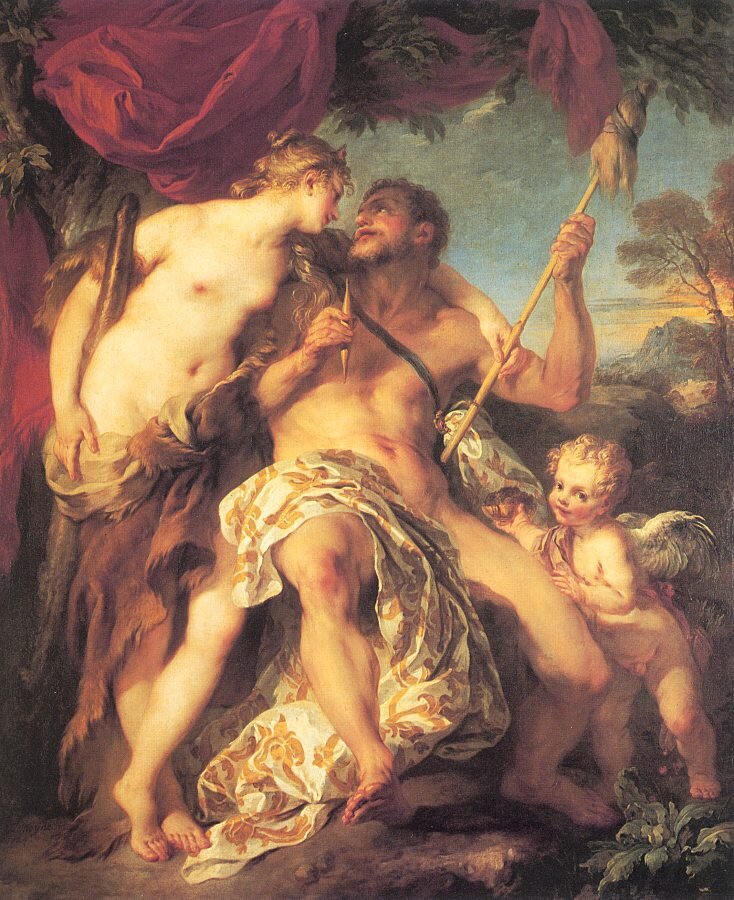
François Lemoyne, 1724, Louvre Museum, France, image: wikicommons

Ancient Roman fresco, Pompeian Fourth Style (45-79 AD), National Archaeological Museum of Naples, Italy
image: wikicommons
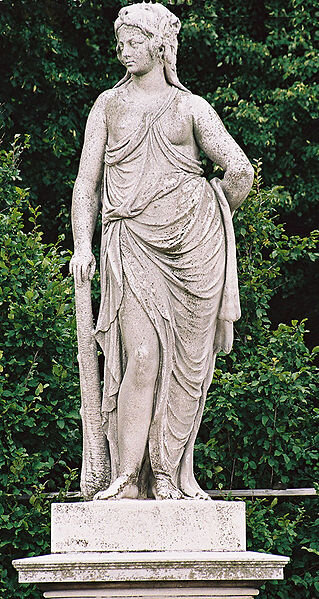
Vienna, Schönbrunn gardens, statue
Omphale wearing Hercules' garb, 18th-century sculpture from the Schönbrunn Garden by Joseph Anton Weinmüller
image: wikicommons
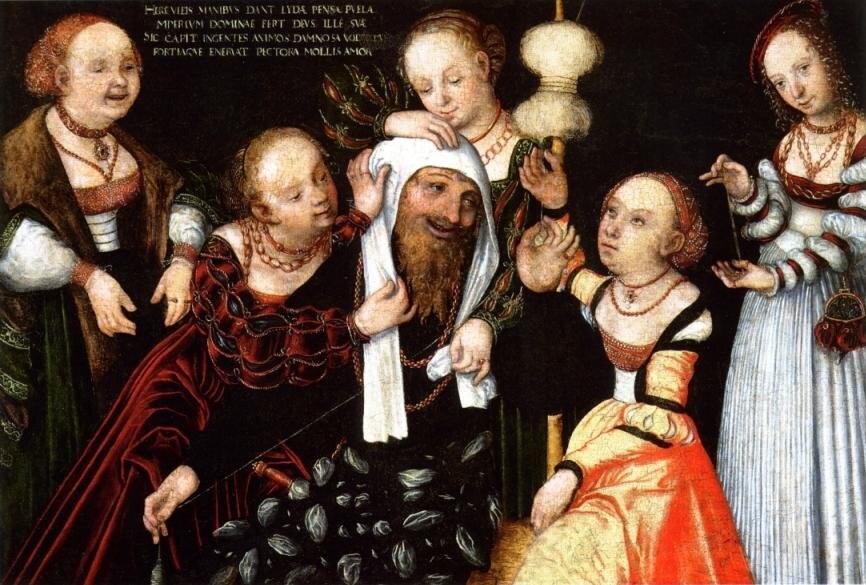
Lucas Cranach the Elder, after 1537, National Museum Poznan
image: wikicommons
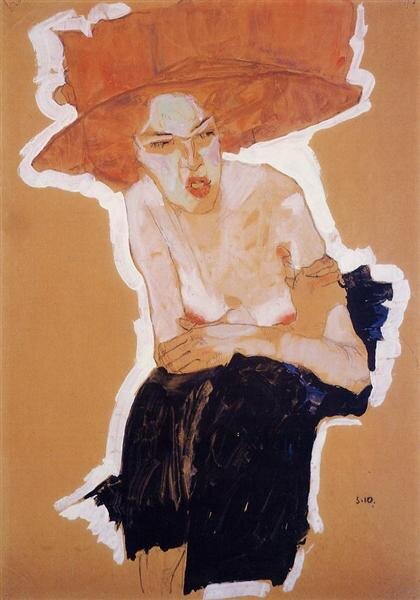
Egon Schiele, 1910; Czech Republic, Expressionism
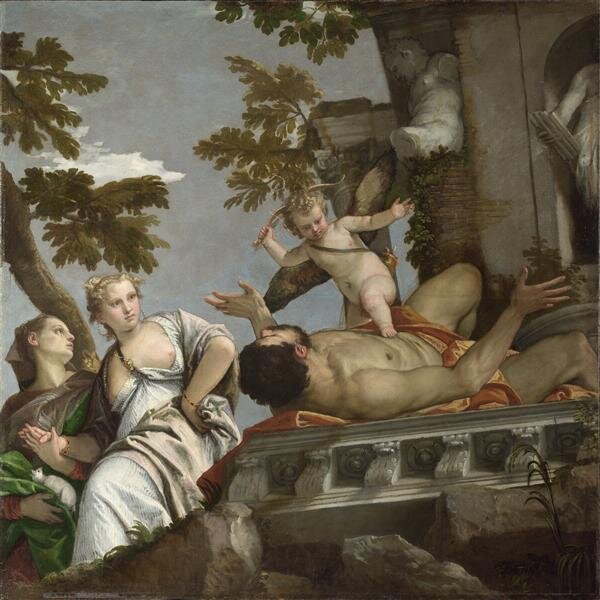
Paolo Veronese, c.1575, Mannerism (Late Renaissance): National Gallery, London, UK
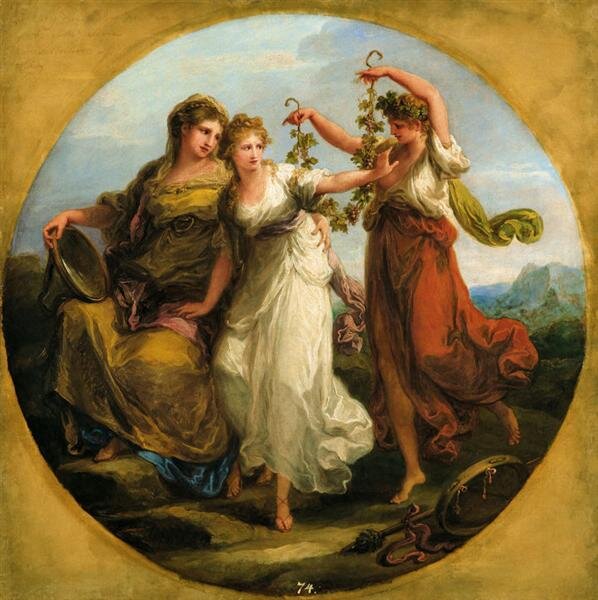
Angelica Kauffman, c.1780, Neoclassicism
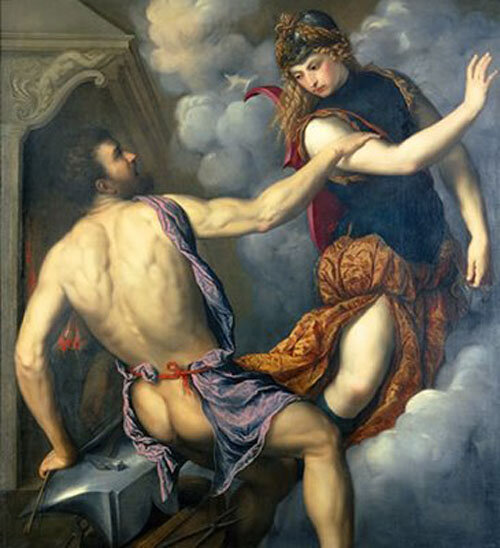
Paris Bordone, 1555, Museum of Art and Archaeology, University of Missouri

Engraving by J. Punt and P. Tanjé after C. Troost.
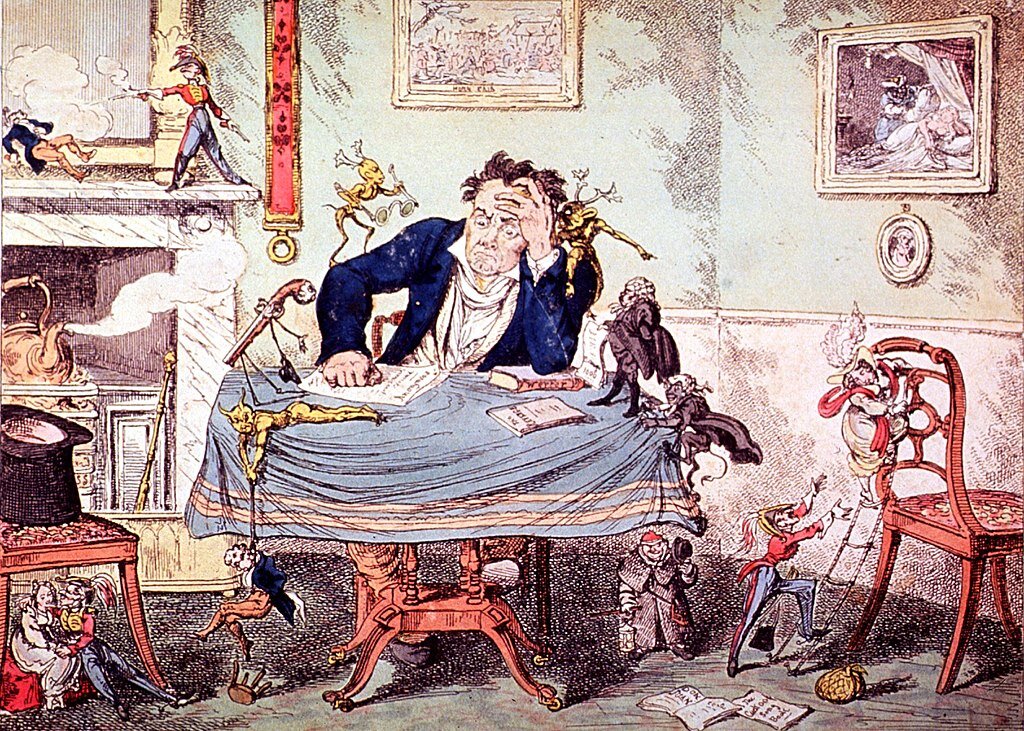
. . . a woman descending a ladder in to the arms of her lover; a duel between the woman's lovers; the demons offer such solutions as divorce and suicide.
George Cruikshank, 1792-1878, published London 1875, National Library of Medicine
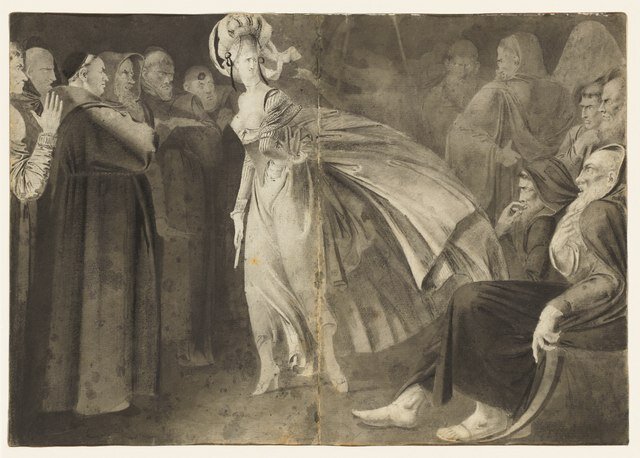
John Brown, 1765, Cleveland Museum of Art
Brown is known for a small group of monochromatic drawings imbued with sinister overtones. This drawing exemplifies his Roman street scenes which often depict women dressed in spectacular, billowing costumes. Here, a coquette with bare ankles and plunging décolletage is surrounded by a crowd of vulgar types who leer, ogle, judge, and scorn. The reverse of the sketchbook sheet includes two independent drawings: a study of faces in fierce and intense expressions, and a pair of women wearing swirling gowns. One figure raises her hand in a mysterious gesture that casts a shadow on her throat resembling a claw. Whether the viewer is being beckoned or forewarned remains a mystery.
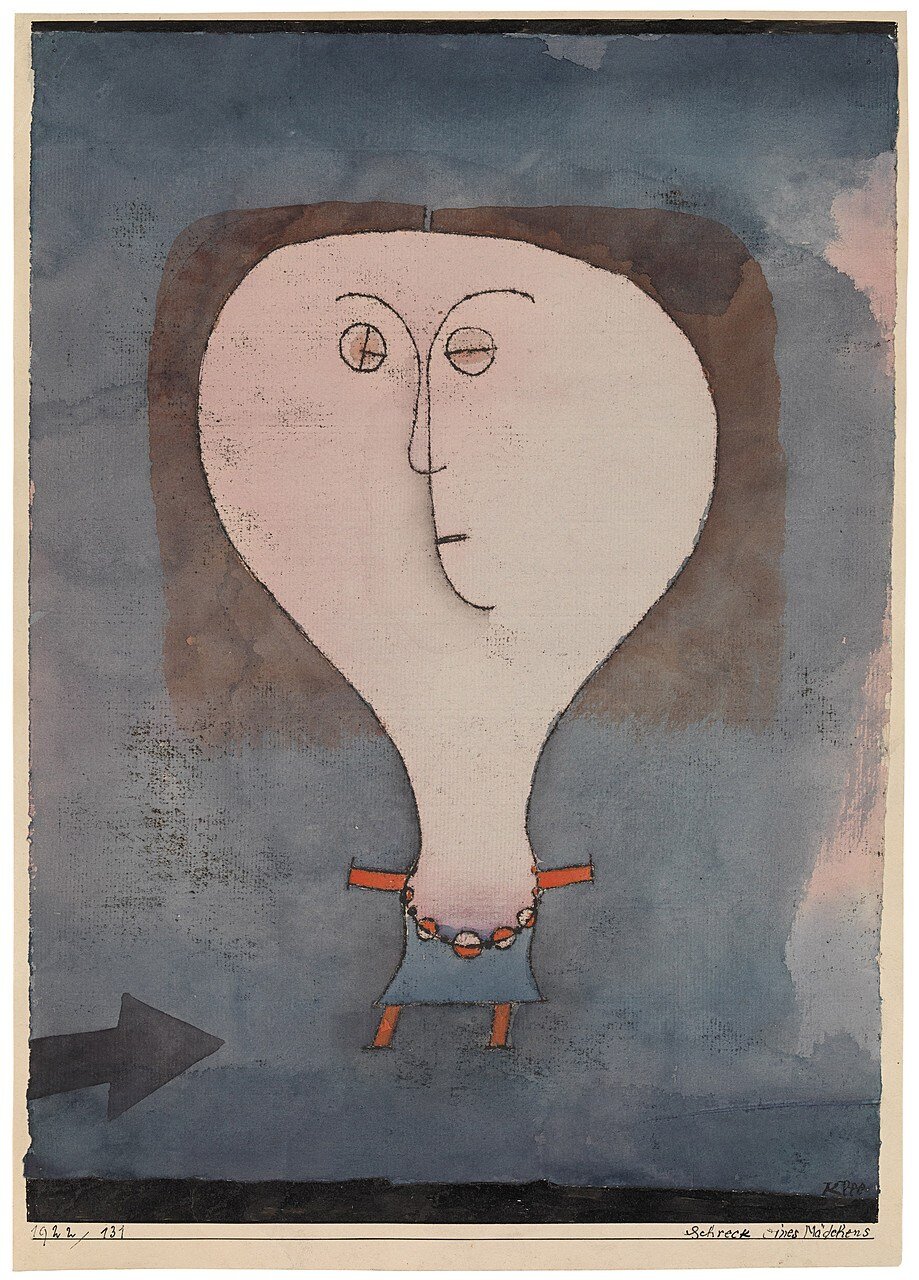
Paul Klee, 1922, Solomon R. Guggenheim Museum, New York Estate of Karl Nierendorf, By purchase
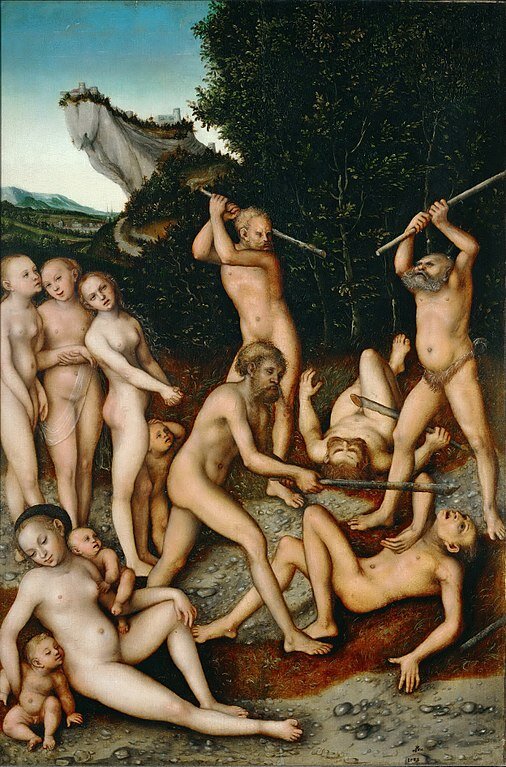
Lucas Cranach the Elder (1472–1553) :Louvre Museum
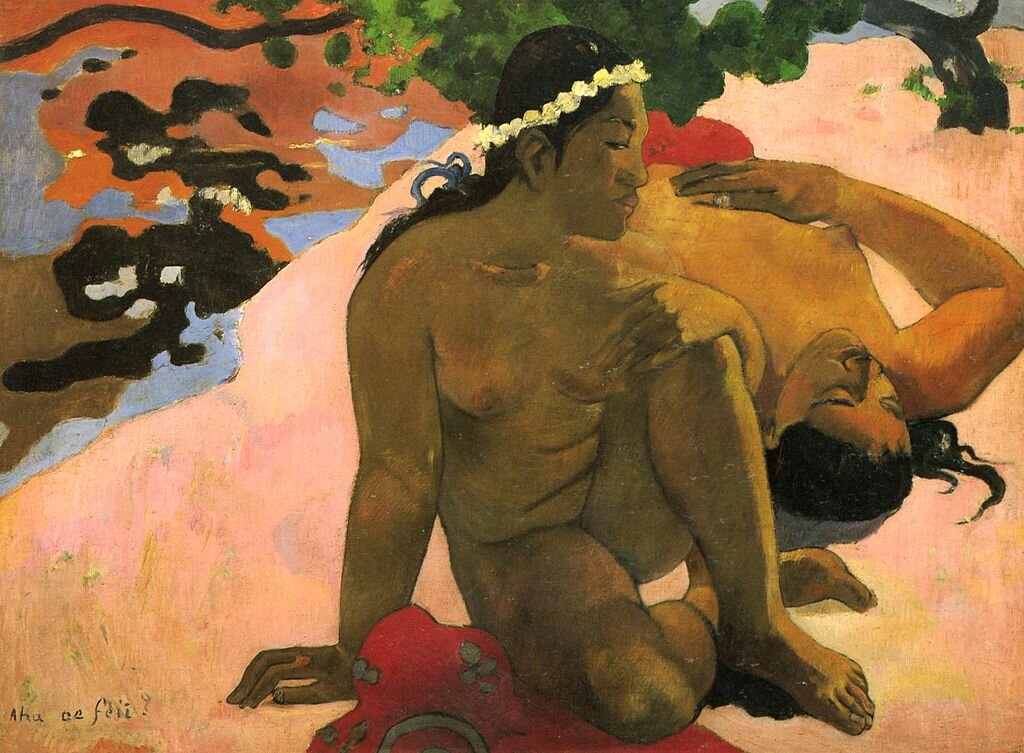
Paul Gauguin (1848–1903): Pushkin Museum of Fine Arts

Paul Gauguin (1848–1903): Staatsgalerie Stuttgart
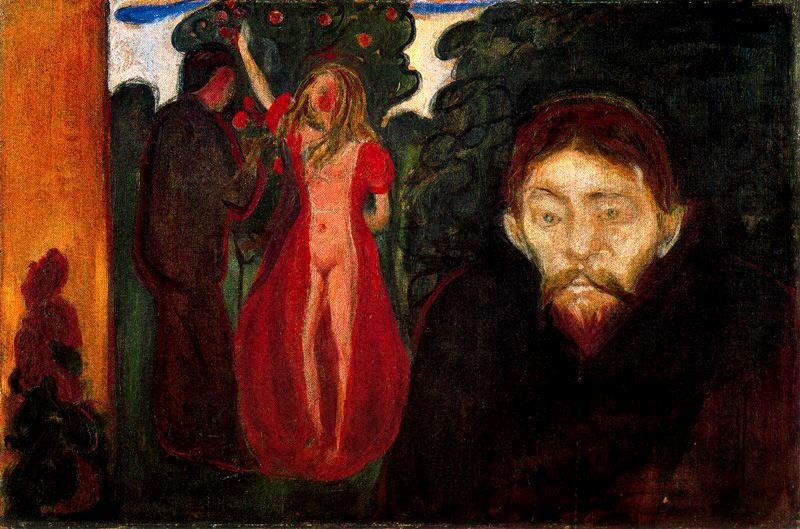
Edvard Munch, 1895: Rasmus Meyer Collection, Bergen, Norway
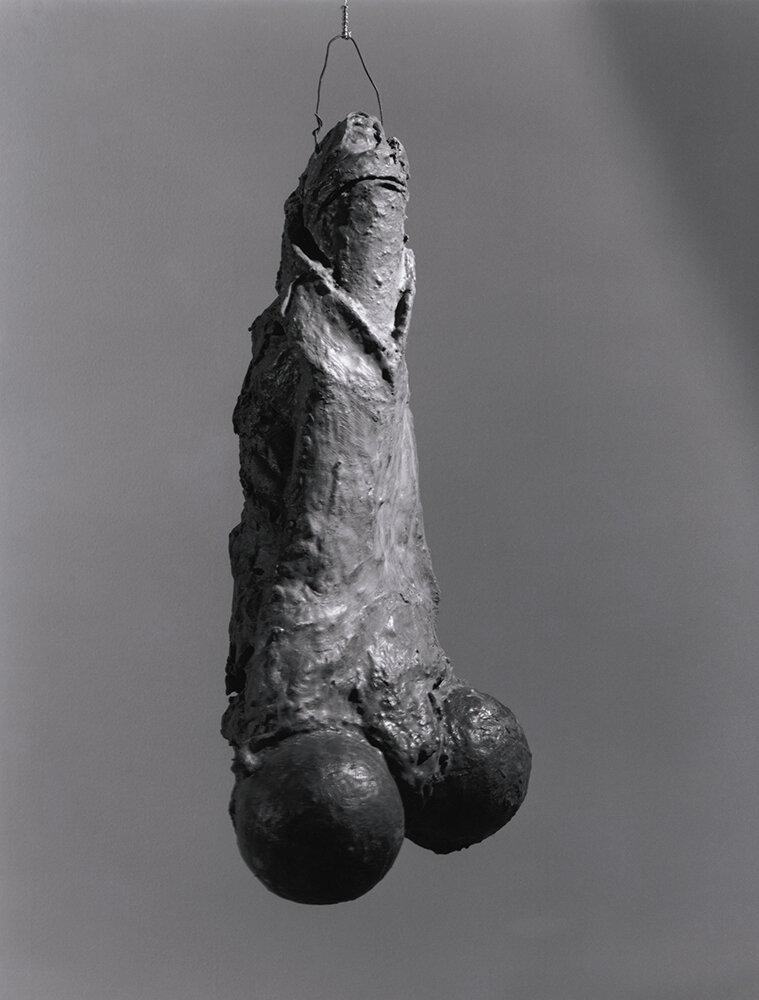
1968
23 1/2 x 11 x 7 1/2" (59.7 x 28 x 19.1 cm)

Statue of queen Cleopatra VII. Basalt, second half of the first century BC. Hermitage Museum, Saint Petersburg
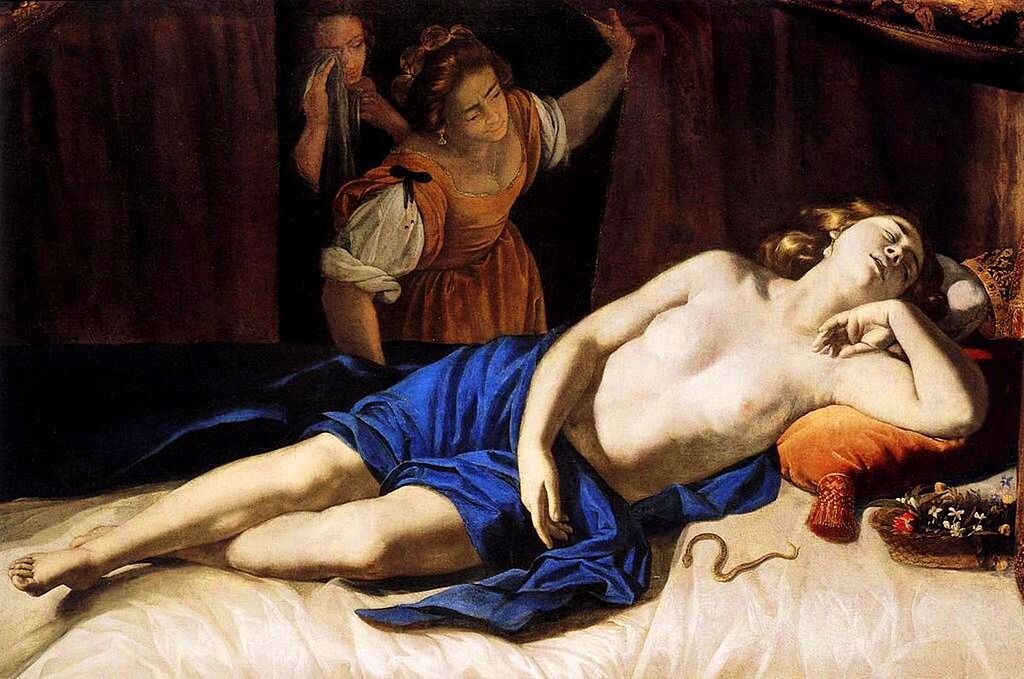
Artemisia Gentileschi, 1633-35, Private Collection, Rome, Italy
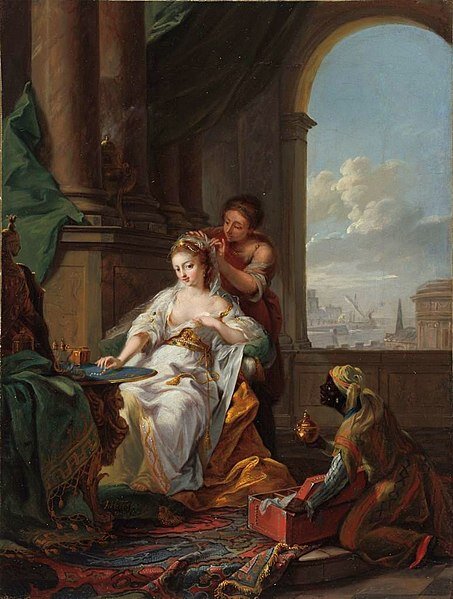
Johann Heinrich Tischbein (1722–1789), 1767: Fogg art Museum
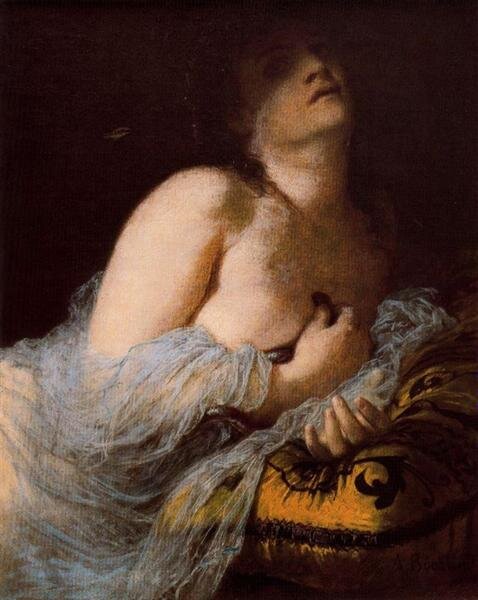
Arnold Böcklin, 1872 , Symbolism
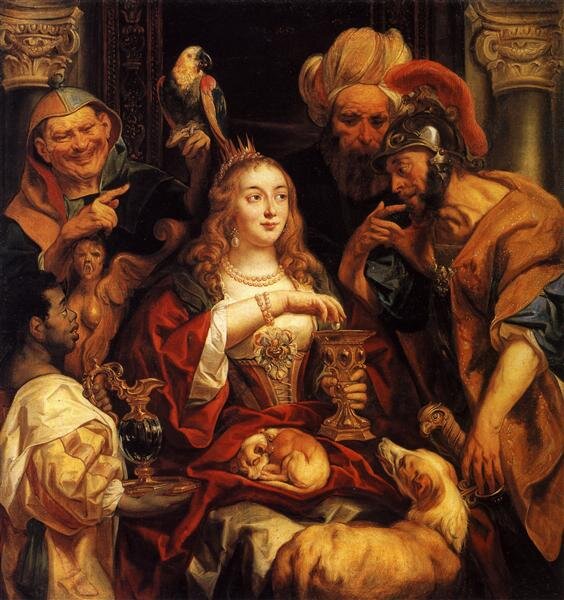
Jacob Jordaens, 1653, Baroque: Hermitage Museum, Saint Petersburg, Russia
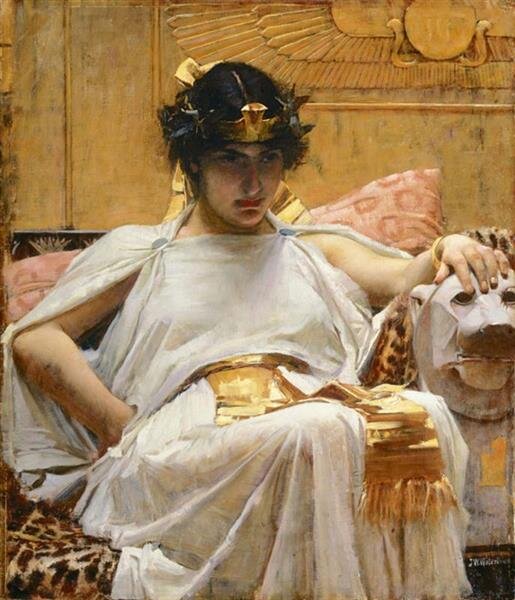
John William Waterhouse, c.1887, Romanticism
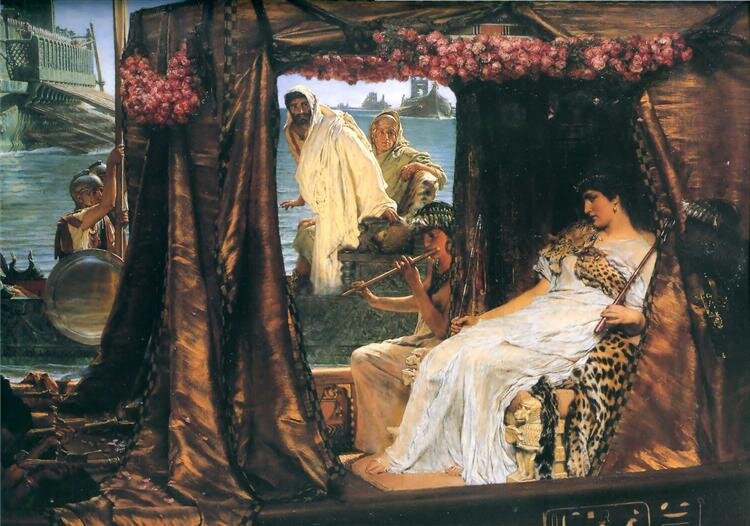
Sir Lawrence Alma-Tadema, 1883, Romanticism
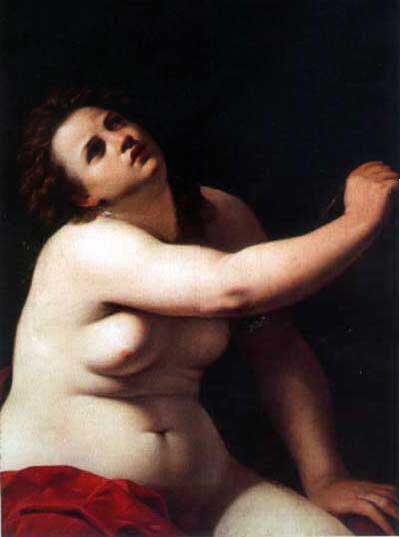
Artemisia Gentileschi, 1620, Tenebrism

Michelangelo, 1534, High Renaissance: Uffizi Gallery, Florence, Italy
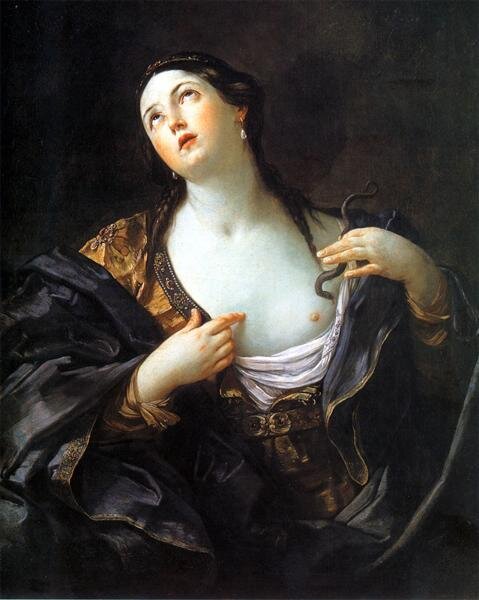
Guido Reni, c.1639, Baroque: Sanssouci, Potsdam, Germany
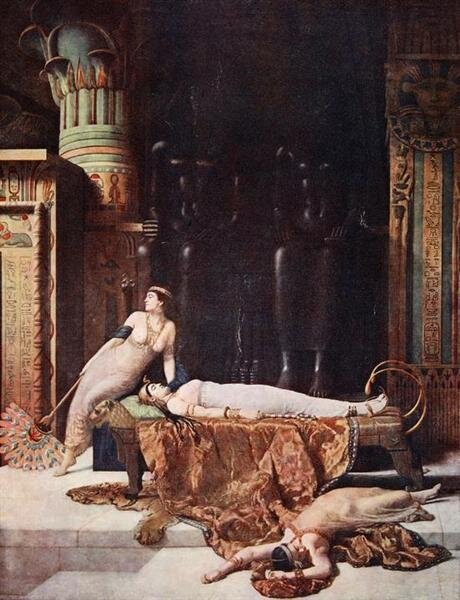
John Collier, 1910, Romanticism
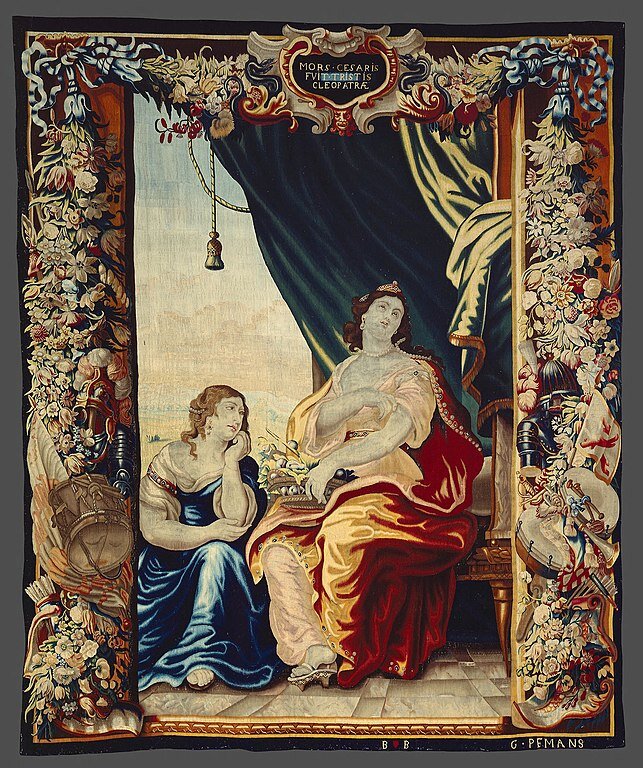
Justus van Egmont, 1680
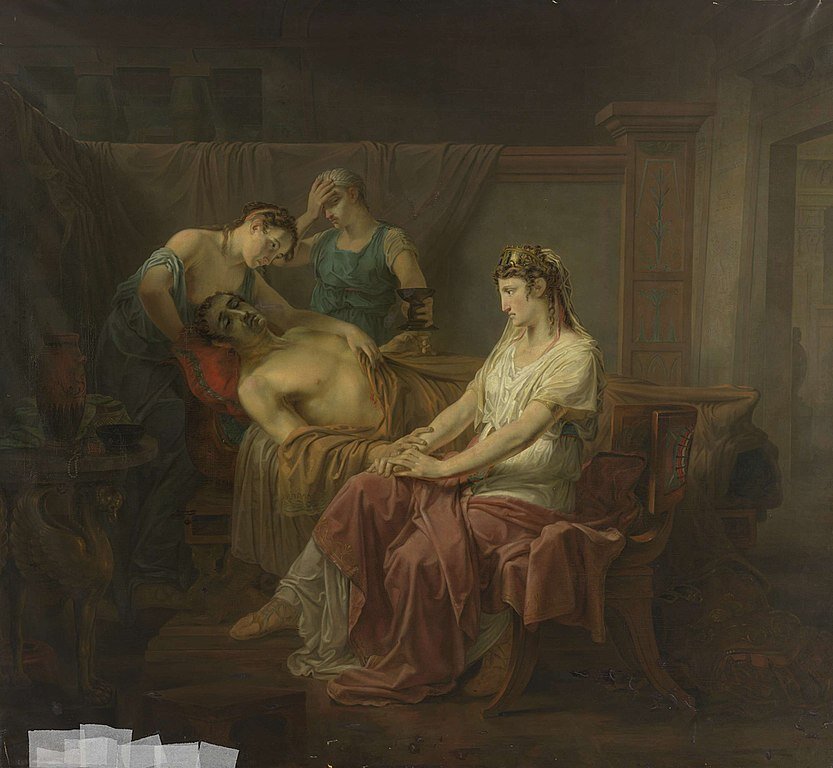
Louis Moritz, 1823-1825, Rijksmuseum
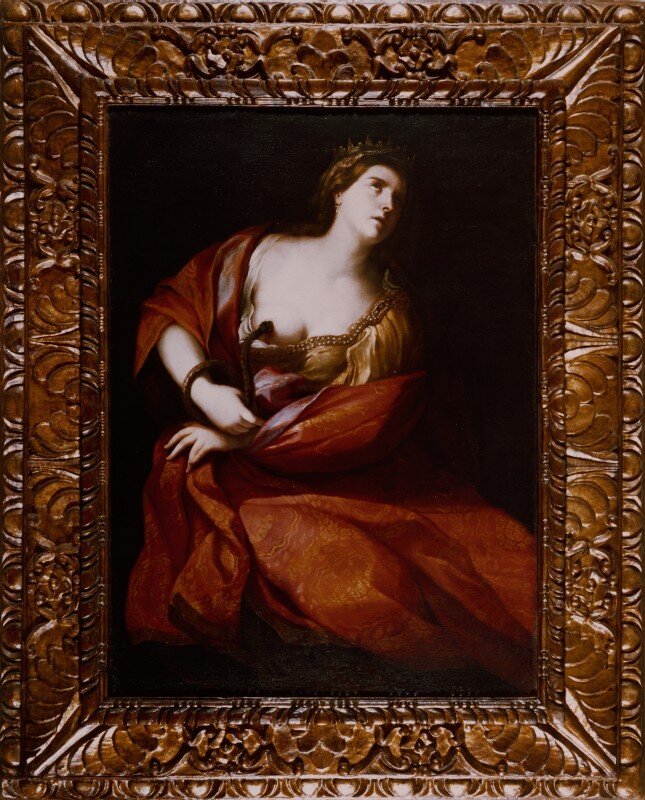
Michele Desubleo, c.1601-76, Fondazione Cariplo, Milan, Italy
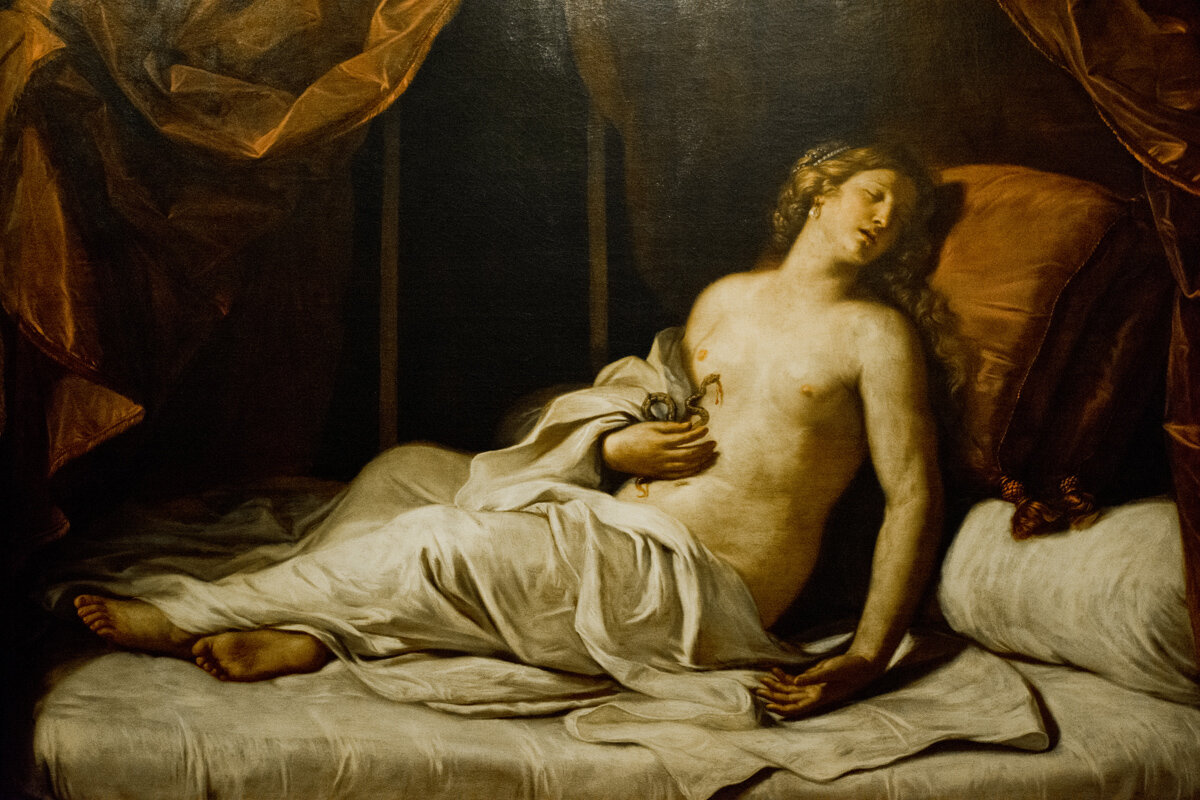
Guercino, 1591-1666, Musei di Strada Nuova

Girolamo Masini, 1882, Galleria d'Arte Moderna di Roma Capitale
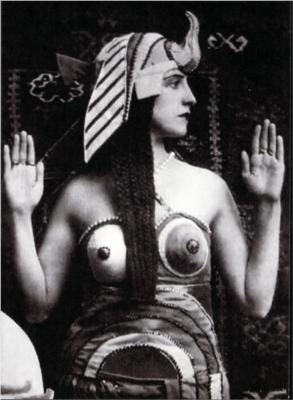
Sarah Stern

Artemisia Gentileschi, c.1620, Private collection Cavallini-Sgarbi Foundation, Ferrara, Italy
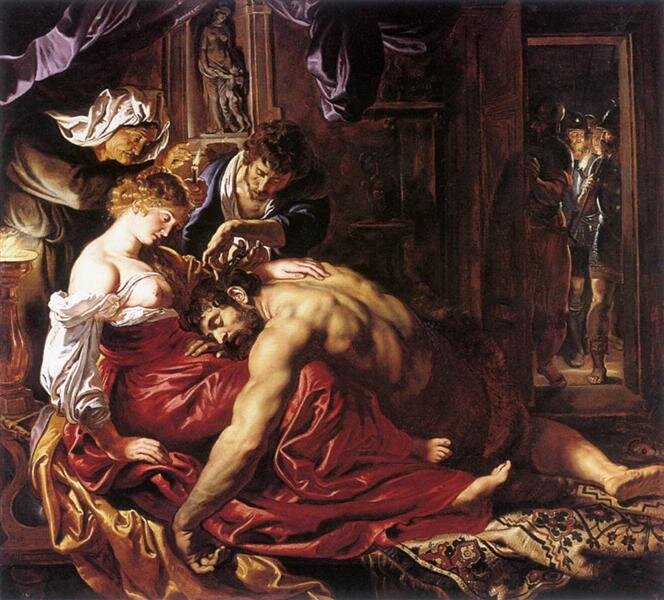
Peter Paul Rubens , c.1609 - c.1610, National Gallery, London, UK
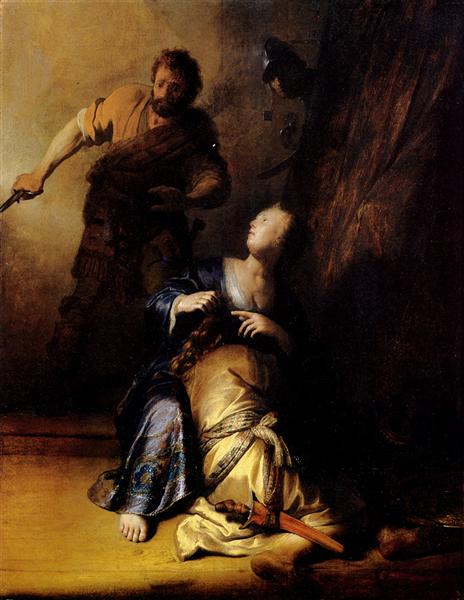
Rembrandt, 1628
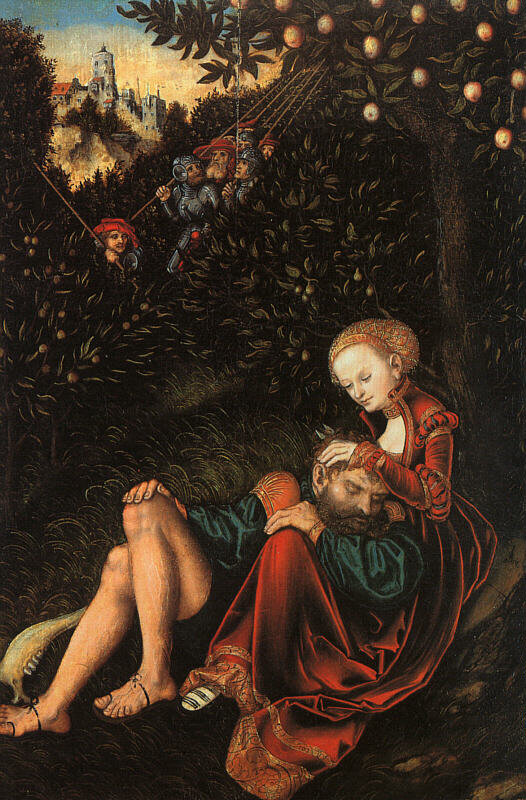
Lucas Cranach the Elder, 1529, Germany, Norther Renaissance
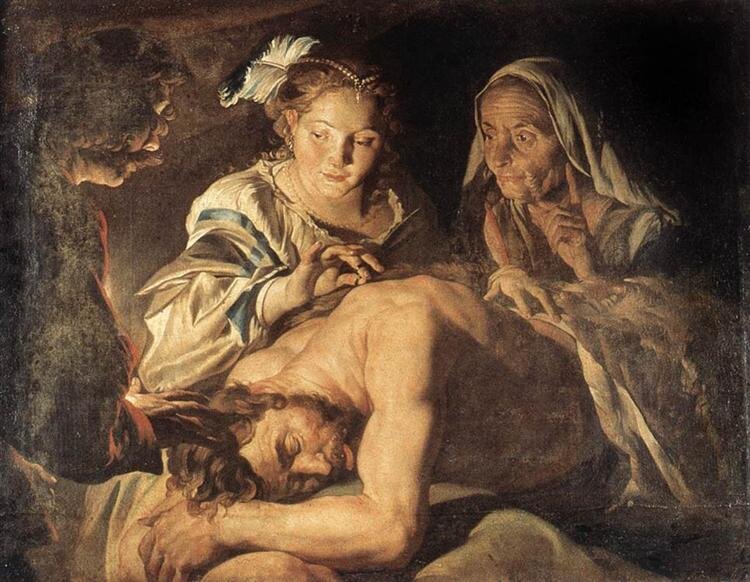
Matthias Stom, c.1630 - c.1639, Palazzo Barberini, Rome, Italy
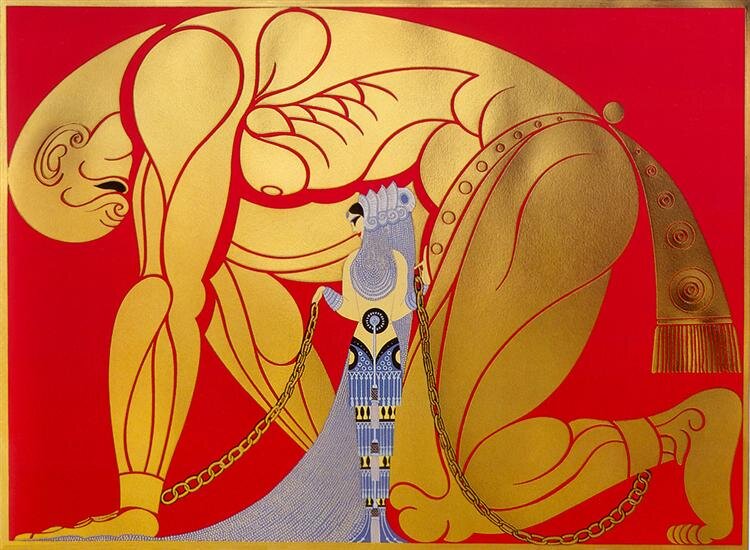
Erte, Art Deco
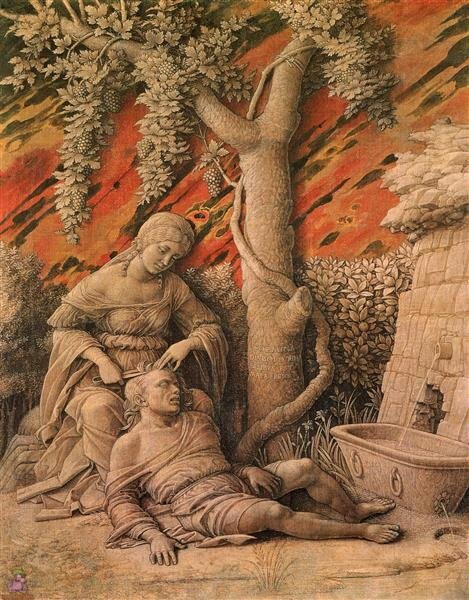
Andrea Mantegna, 1495 - 1506, National Gallery, London, UK
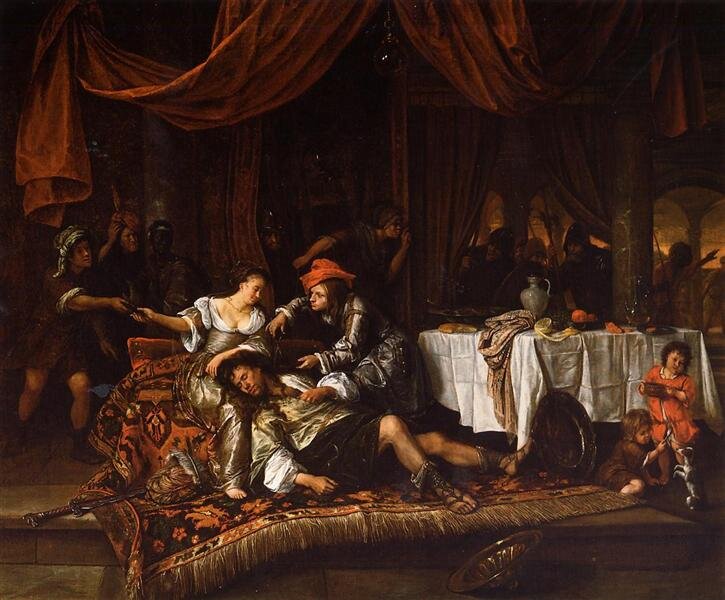
Jan Steen, 1668, Los Angeles County Museum of Art (LACMA), Los Angeles, CA, US
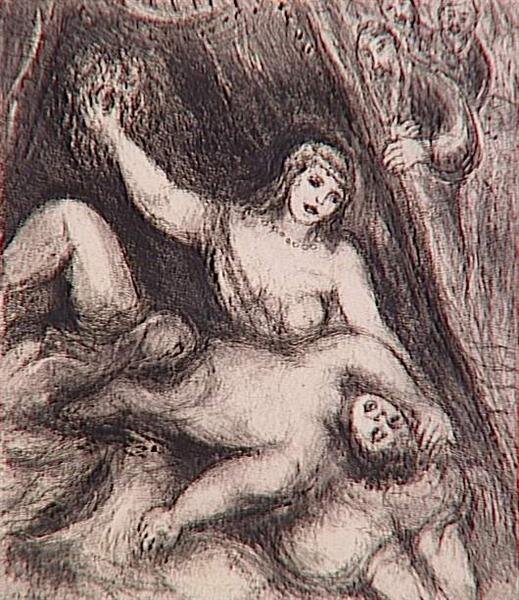
Marc Chagall, 1956
Dalila coupe les cheveux de Samson qu'elle a endormi sur ses genoux et, l'ayant ainsi privé de sa force surhumaine, va le livrer aux Philistins qui le guettent (Juges, XVI, 15-18)
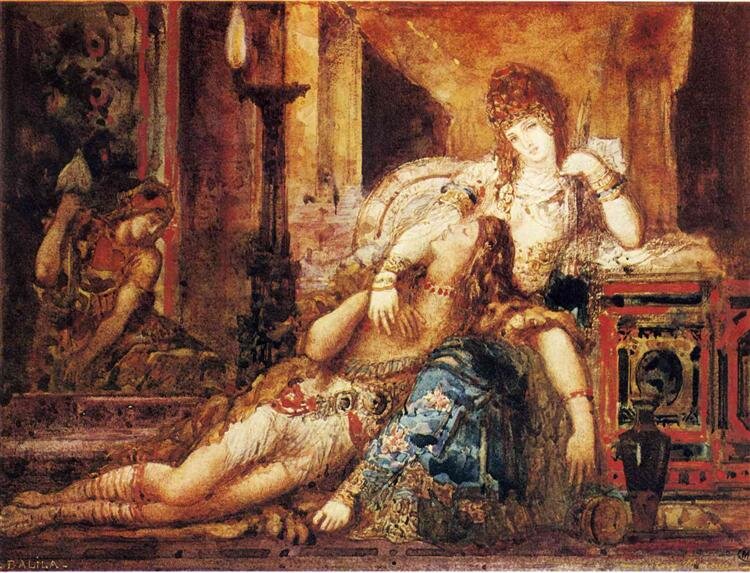
Gustave Moreau, 1882, Musée National Gustave Moreau, Paris, France
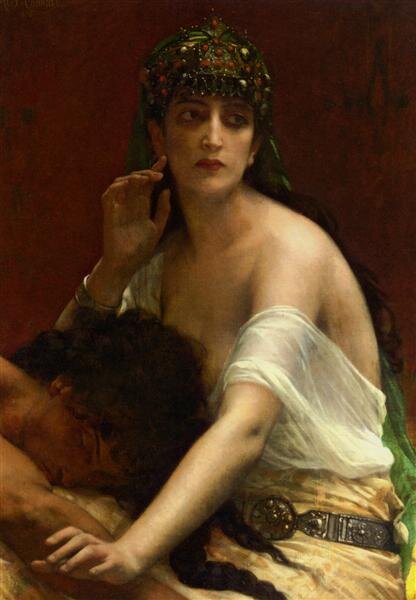
Alexandre Cabanel, 1878
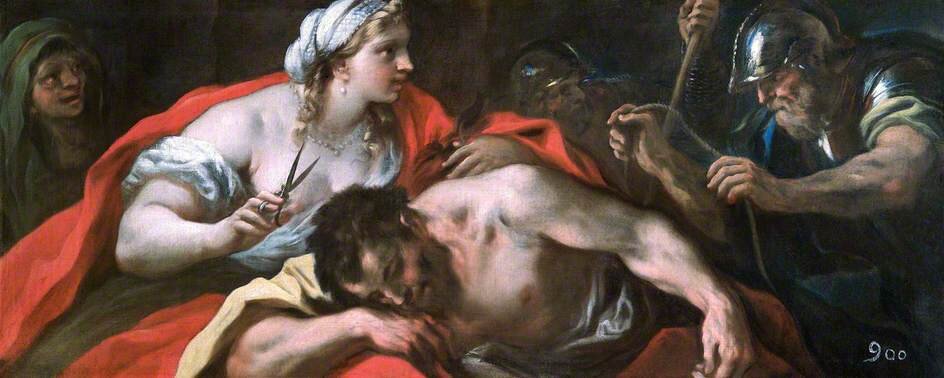
Luca Giordano, 1696

William Bouguereau, , 1850, Oil on canvas 280.5 x 225.3 cm, Musée d’Orsay, Paris.
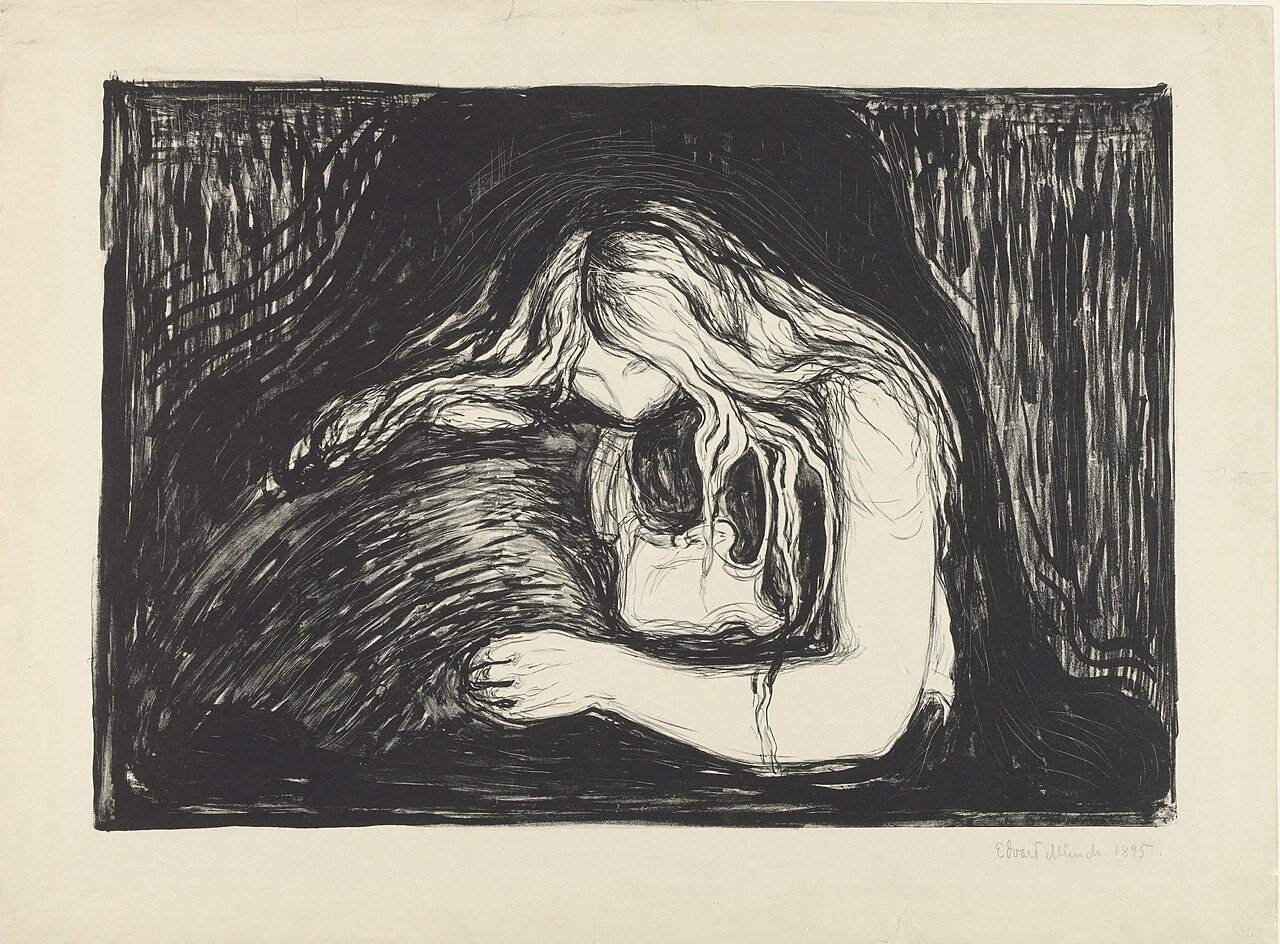
Edvard Munch, 1895, Solomon R. Guggenheim Museum, New York Estate of Karl Nierendorf, By purchase

Edvard Munch, 1895, Munch Museum, Oslo, Norway

Eugène Romain Thirion, 1867. Photo via Wikimedia Commons.
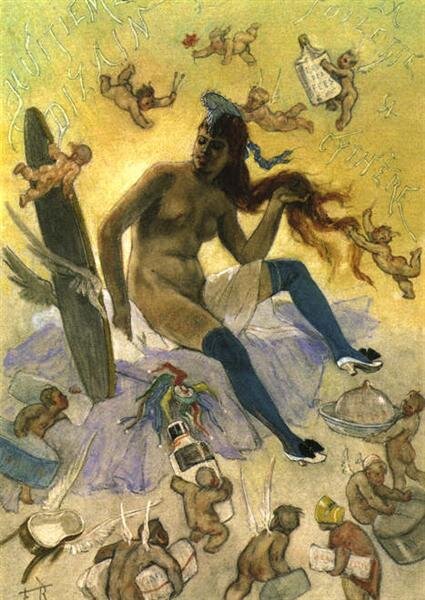
Felicien Rops, c.1870, Symbolism
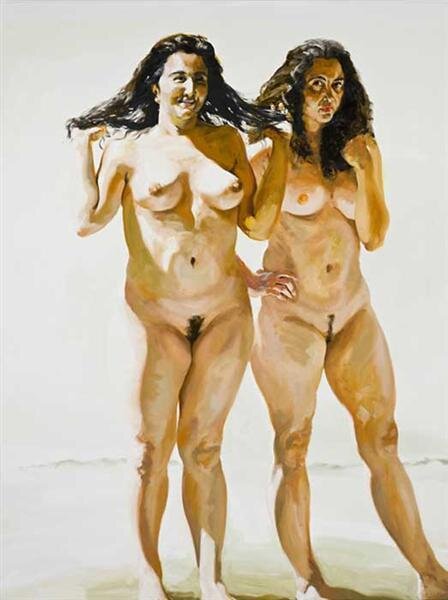
Eric Fischl, 2009, Contemporary Realism
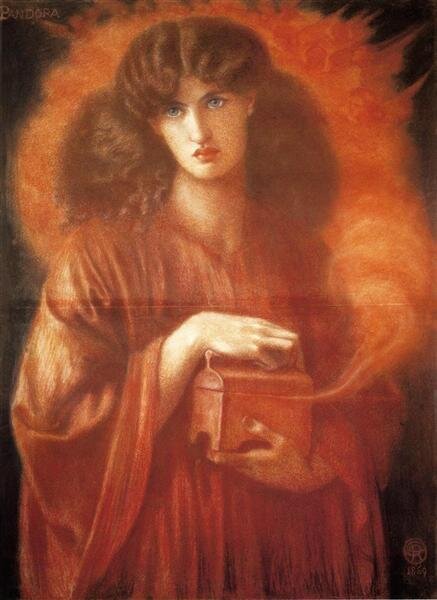
Dante Gabriel Rossetti, 1869, Romanticism: Buscot Park (Faringdon Collection), Faringdon, UK
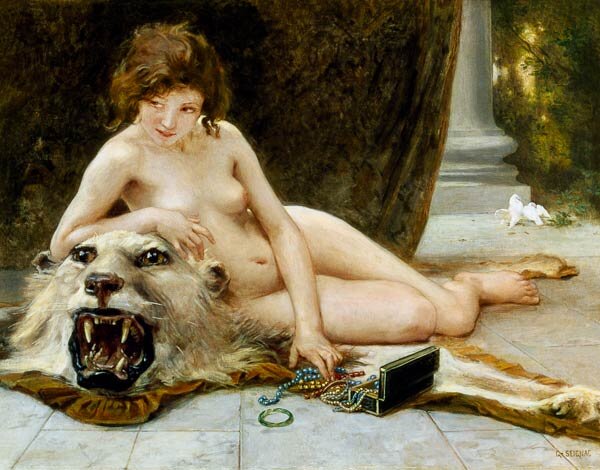
Guillaume Seignac, Academicism
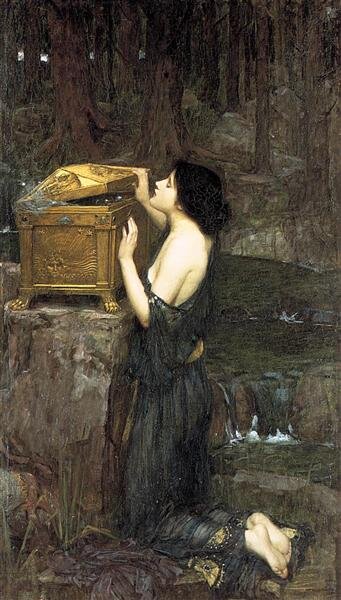
John William Waterhouse, 1898, Romanticism
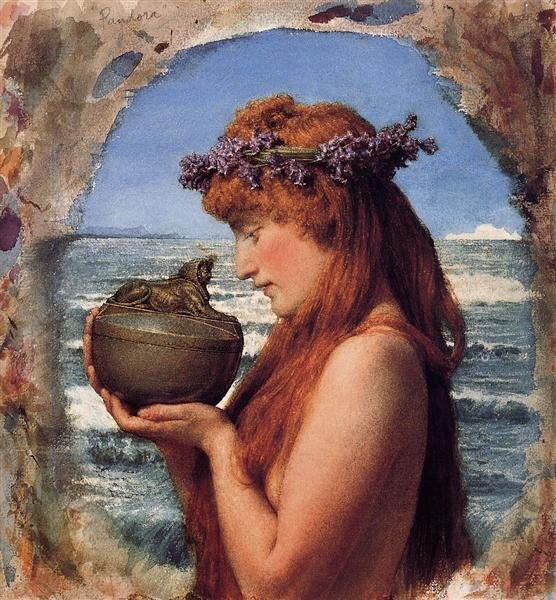
Sir Lawrence Alma-Tadema, 1881, Romanticism
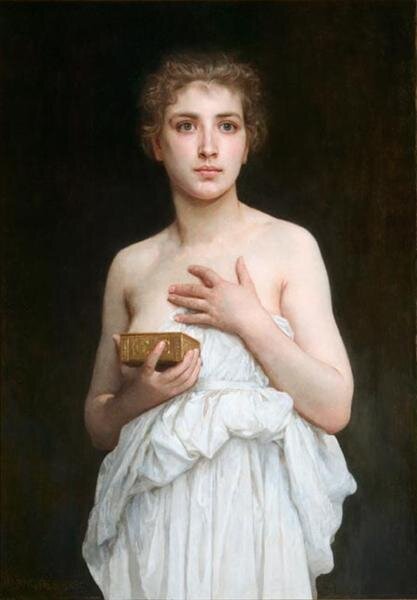
William-Adolphe Bouguereau, c.1860, Neoclassicism
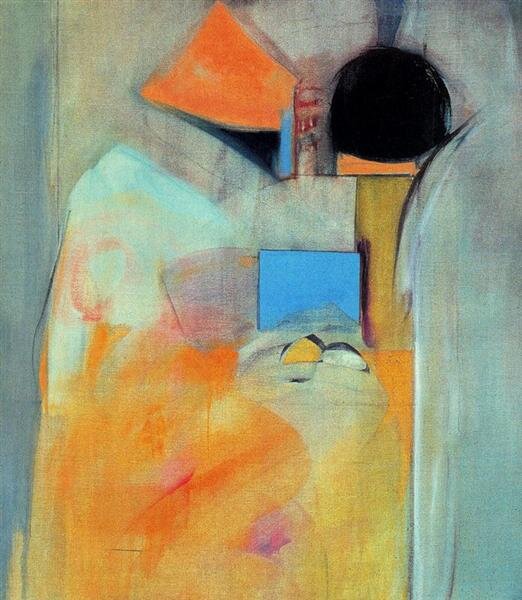
Miriam Schapiro, Abstract Expressionism

Odilon Redon, c.1914, Symbolism
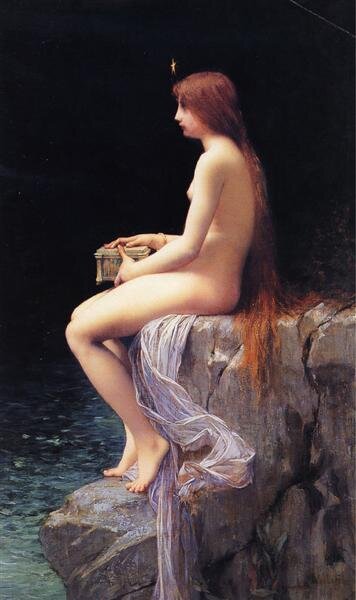
Jules Joseph Lefebvre, 1882, Academicism
Cobra/Serpent Goddesses
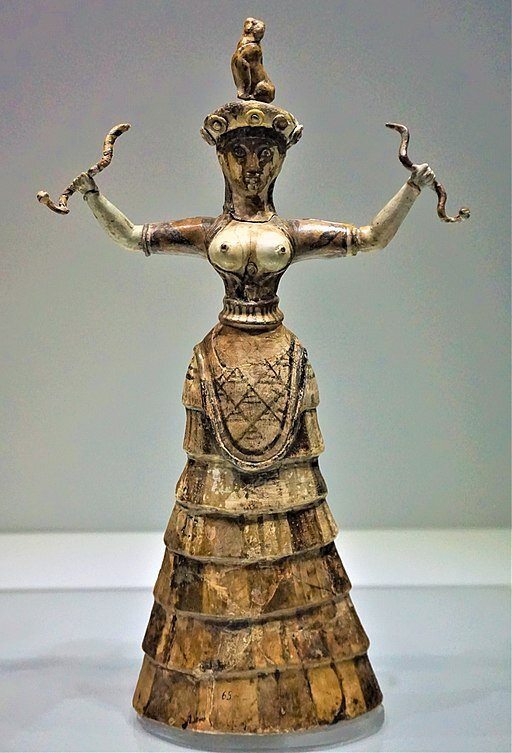
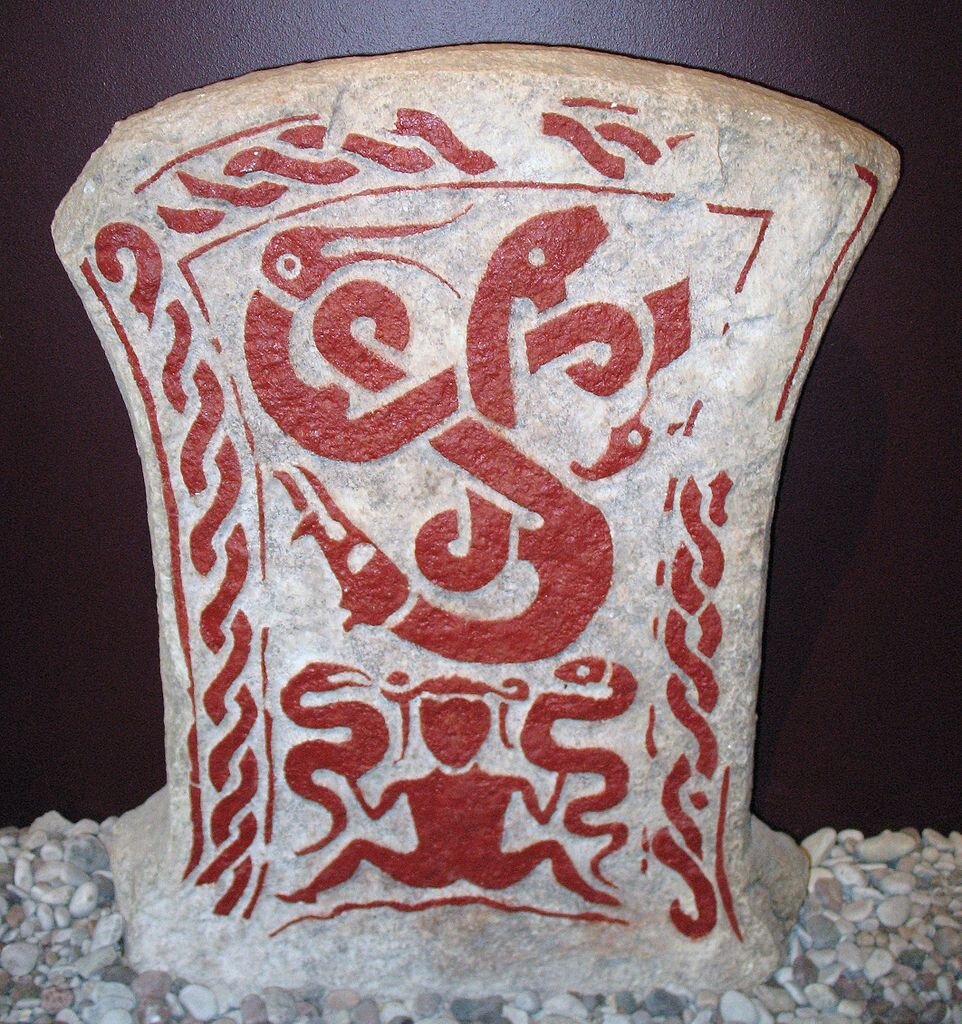
Vitastjerna's dream from the Gutasaga with the three entwined snakes symbolizing Graip, Gute and Gunfjaun, with her at the bottom, Gotland, Sweden. Now in Fornsalen museum, Visby.
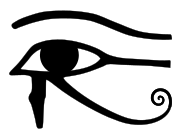
Ua Zit, Wadjet, Wedjat, Eye of Horus
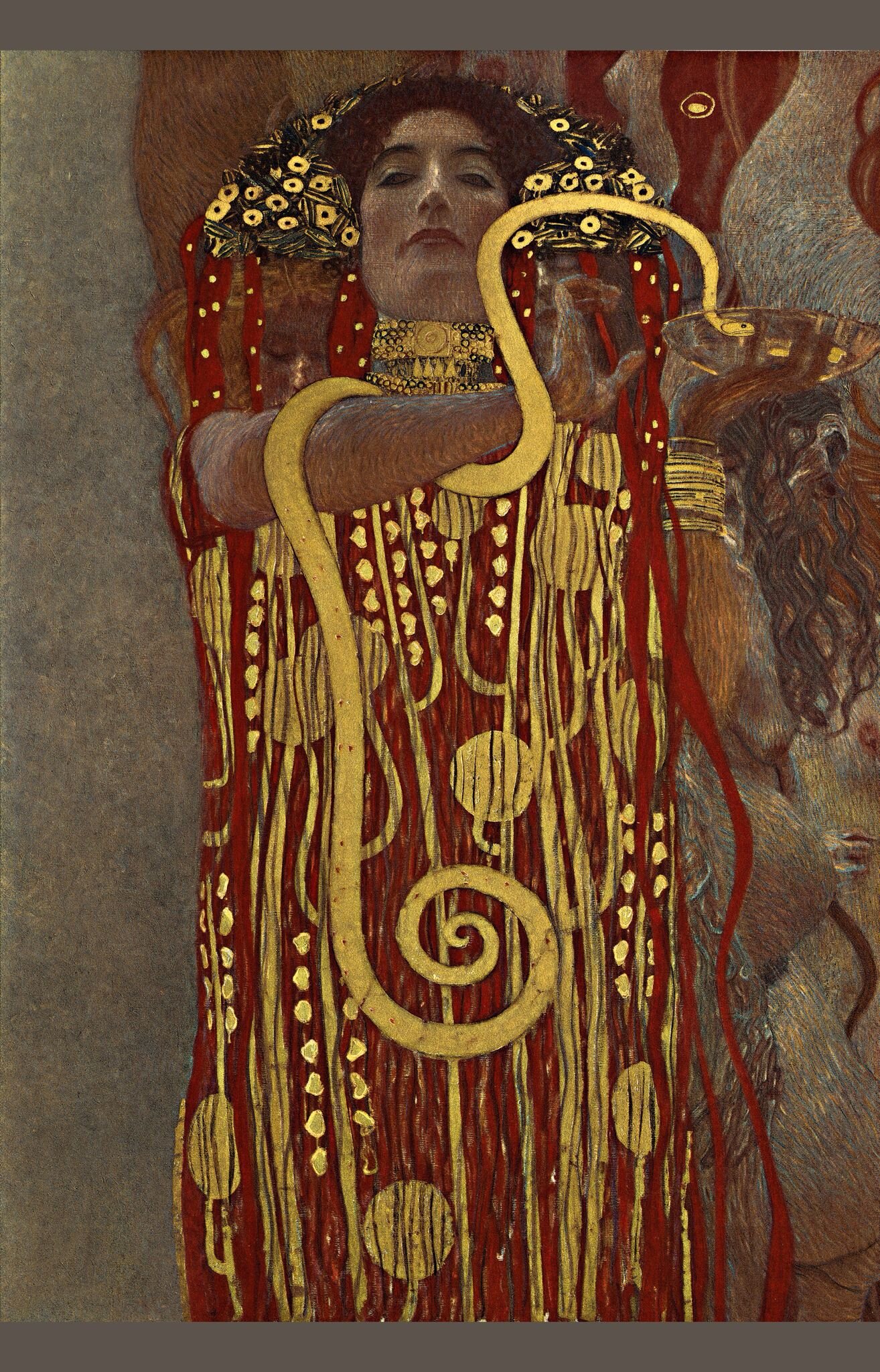
Gustav Klimt, 1900-1907, Klimt University of Vienna Ceiling Paintings. The bottom portion of the Medicine picture, showing Hygieia
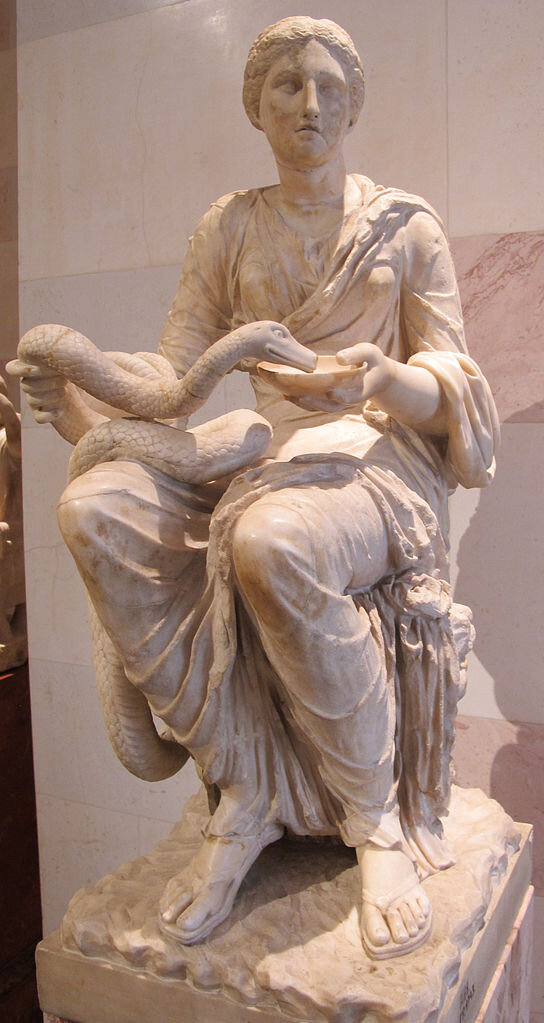
copia romana da originale greco del II sec. ac
image from Wikipedia
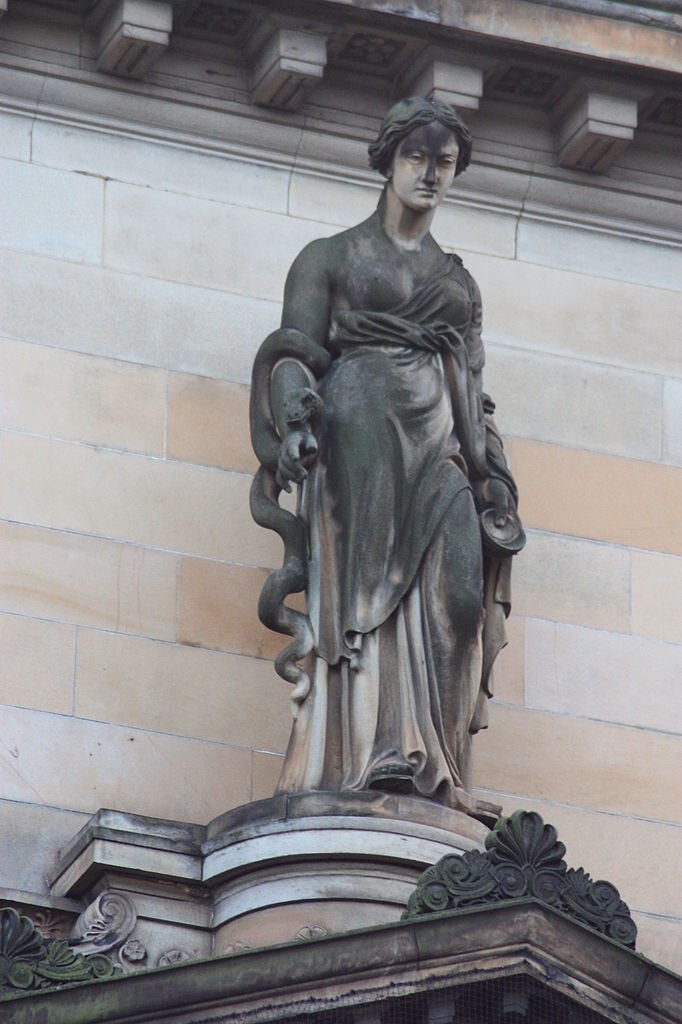
Alexander Handyside Ritchie, College of Physicians, Queen Street, Edinburgh
image from Wikipedia
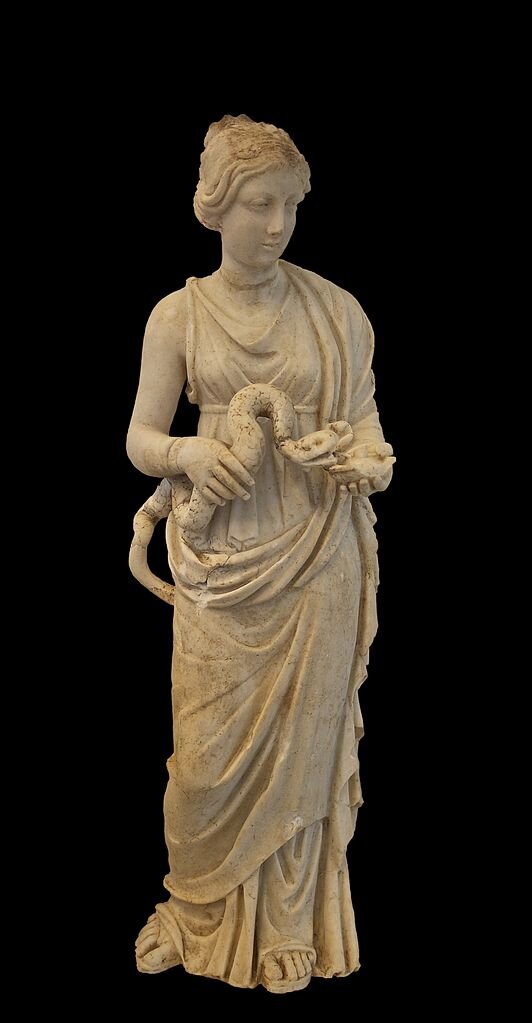
Small statue of Hygieia. Mid-2nd century C.E., Archaeological Museum of Rhodes
image from Wikipedia
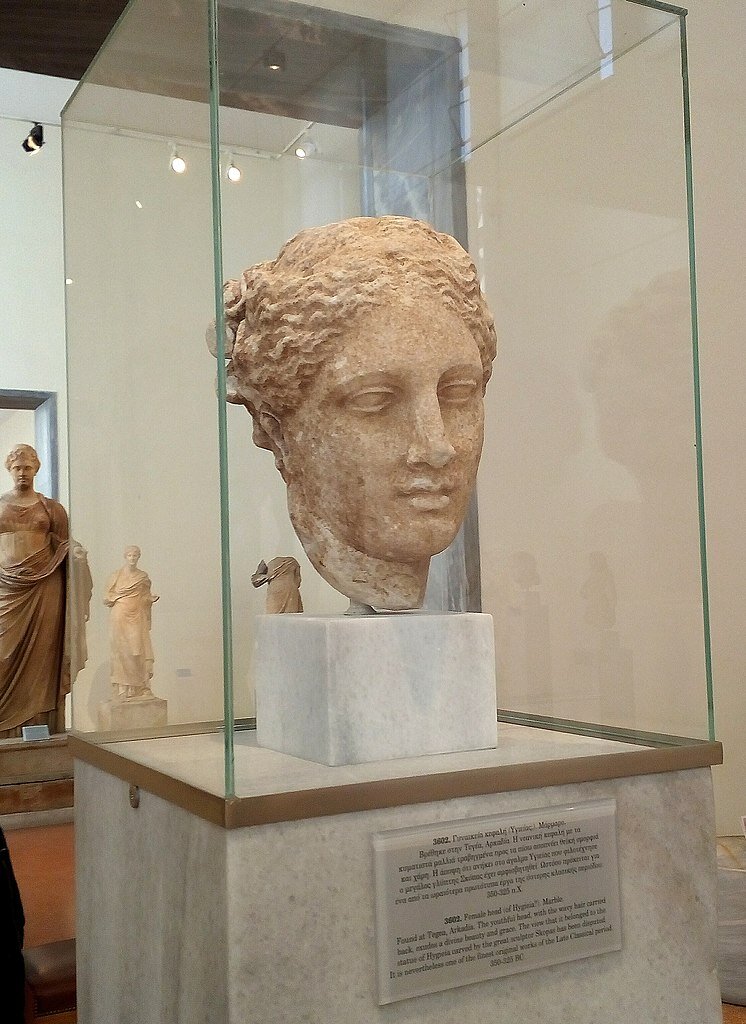
Statue (head) of the goddess Hygieia, daughter of Asclepius, by the Greek sculptor Scopas (c. 395 BC – 350 BC). From the temple of Athena Alea at Tegea, exhibited at the National Archaeological Museum of Athens.
image from Wikipedia
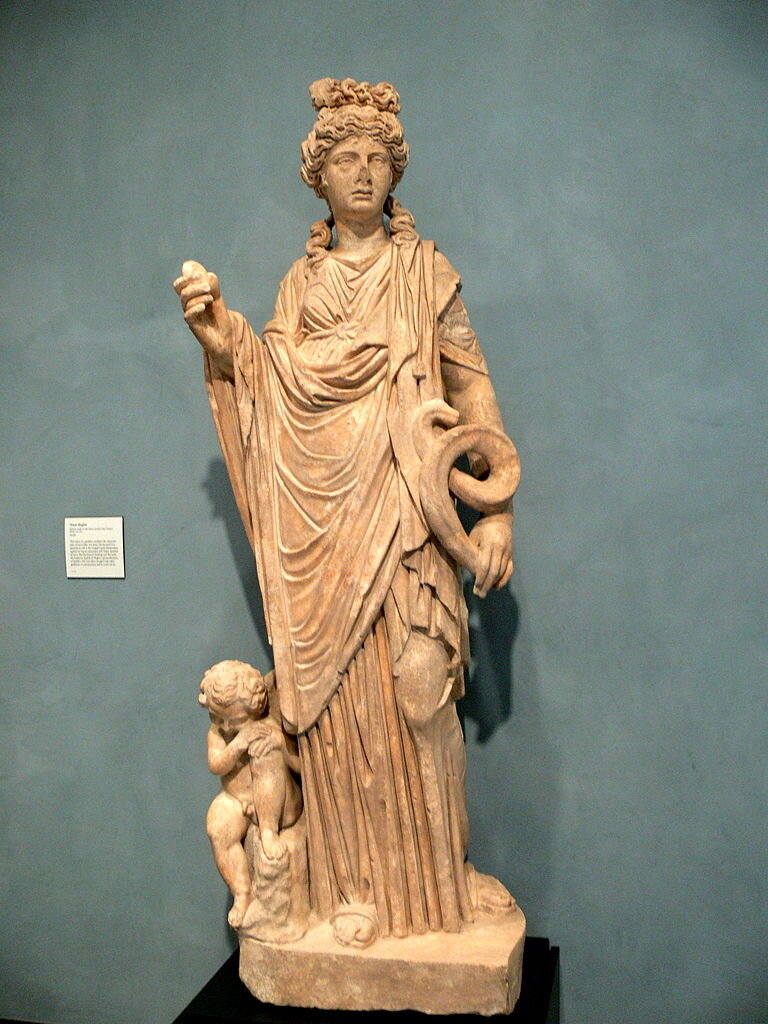
Venus-Hygieia. Roman, made in Asia Minor, about A.D.200, Getty Villa
image from Wikipedia
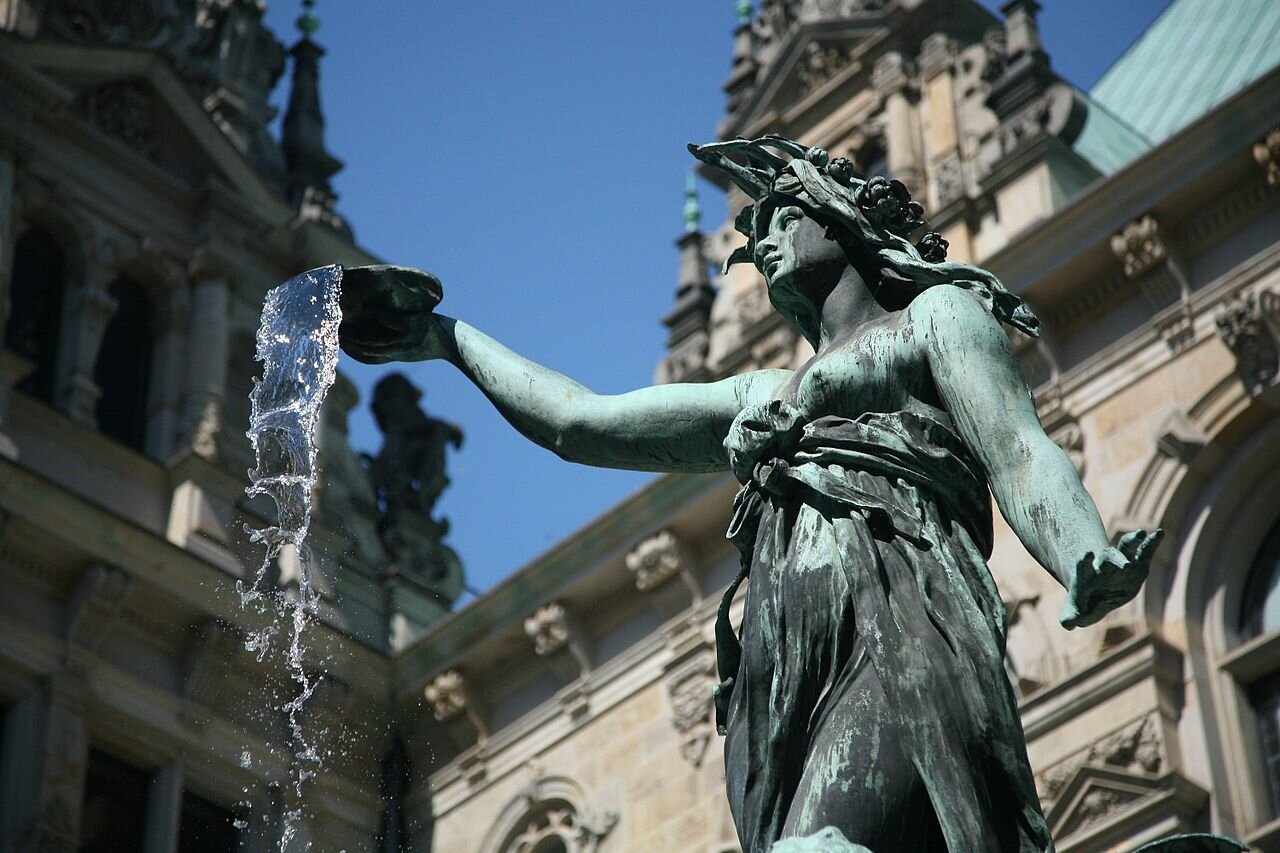
Hygieia fountain in the city hall courtyard, Hamburg, Germany
image from Wikipedia, photo by Daniel Schwen
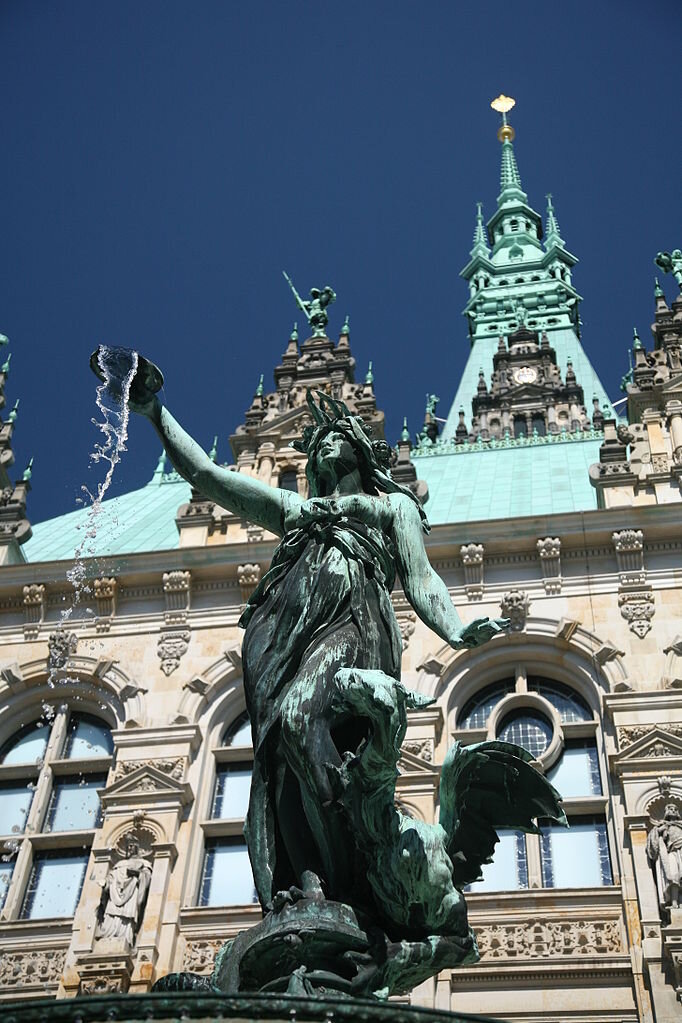
Hygieia fountain in the city hall courtyard, Hamburg, Germany
image from Wikipedia, photo by Daniel Schwen
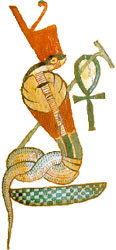
Buto, Cobra Goddess of Lower Egypt (also known as Ua Zit, Uatchit, Udjat, Wadjet, Wadjit, Edjo). She was portrayed as the Uranus cobra worn on the Pharaoh’s brow.
image from Egyptianmyths.net
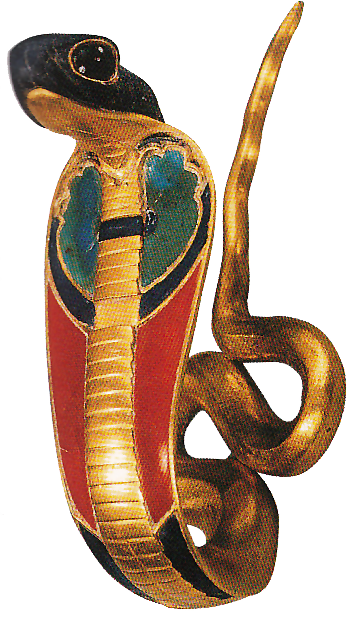
Patron goddess of Lower-Egypt
image from The Ancient Egypt site

(painting from the tomb of Nefertari, ca 1270 BC)
image from ferrebeekeeper.wordpress.com
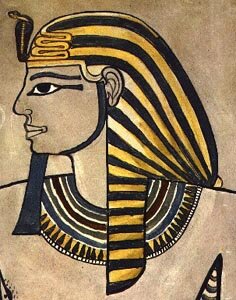
Amenhotep II wearing the Uraeus (painting, ca. 1400 BC)
image from ferrebeekeeper.wordpress.com
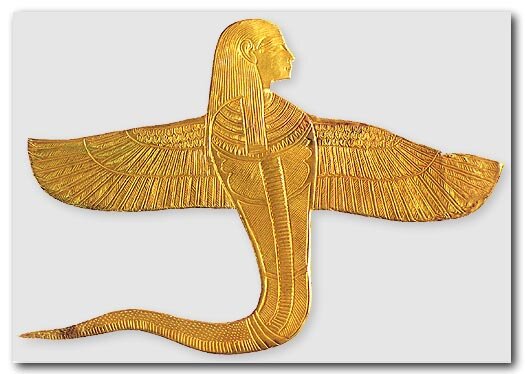
from Tutankhamun's tomb, ca 1320 BC
image from ferrebeekeeper.wordpress.com

image from TourEgypt

image from landofpyramids.org
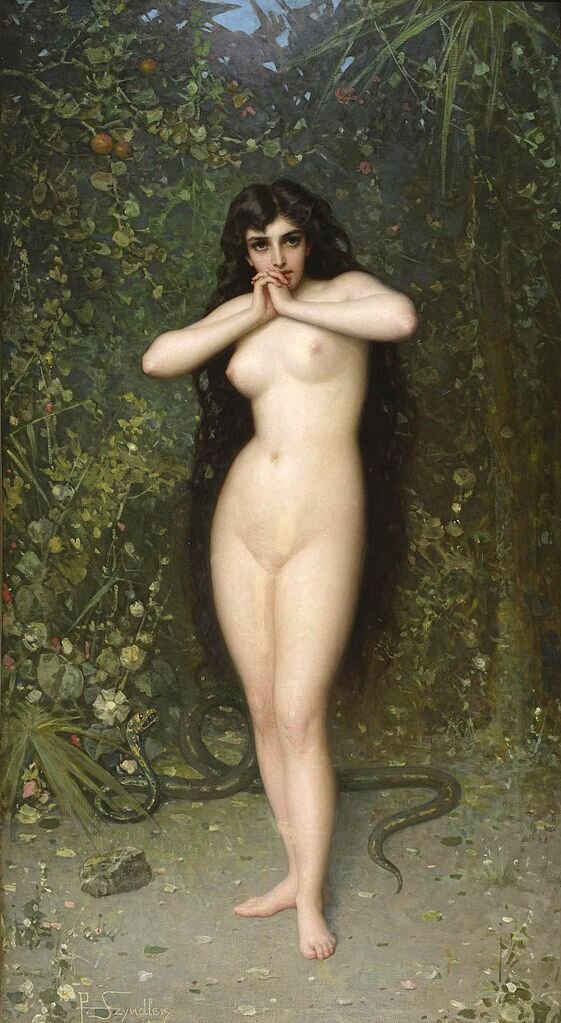
Pantaleon Szyndler, 1889, National Museum in Warsaw

Albrecht Durer, 1507, Northern Renaissance: Museo del Prado, Madrid, Spain
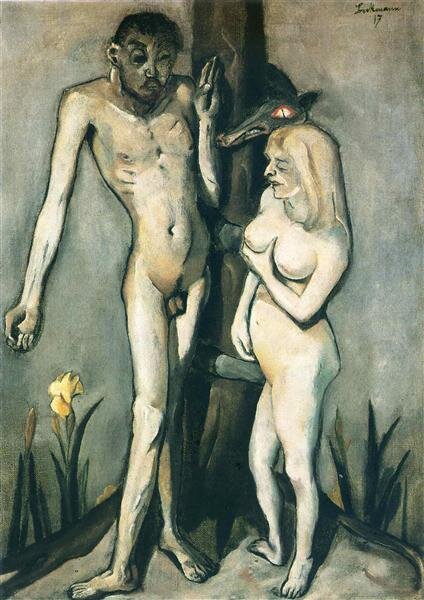
Max Beckmann, 1917, Expressionism
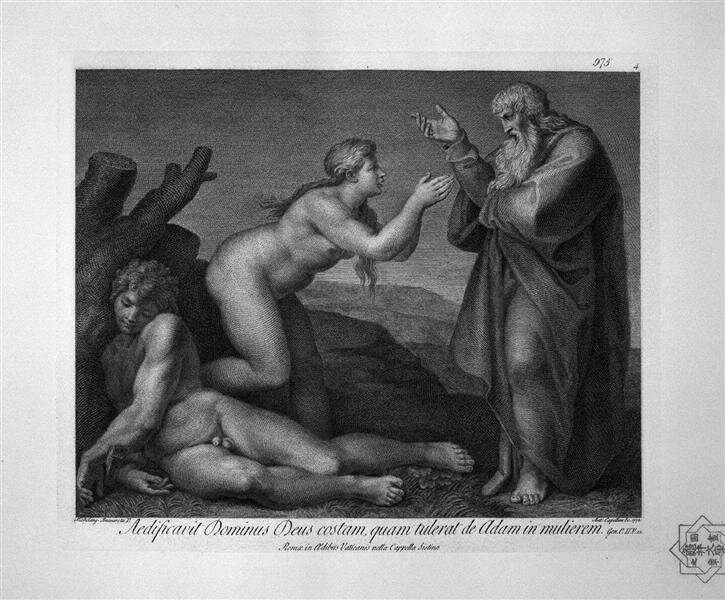
Giovanni Battista Piranesi, Neoclassicism

Salvador Dali, 1941, Realism, Surrealism

Lucas Cranach the Elder, 1530, Northern Renaissance: Kunsthistorisches Museum, Vienna, Austria

Lucas Cranach the Elder, 1528, Northern Renaissance: Uffizi Gallery, Florence, Italy
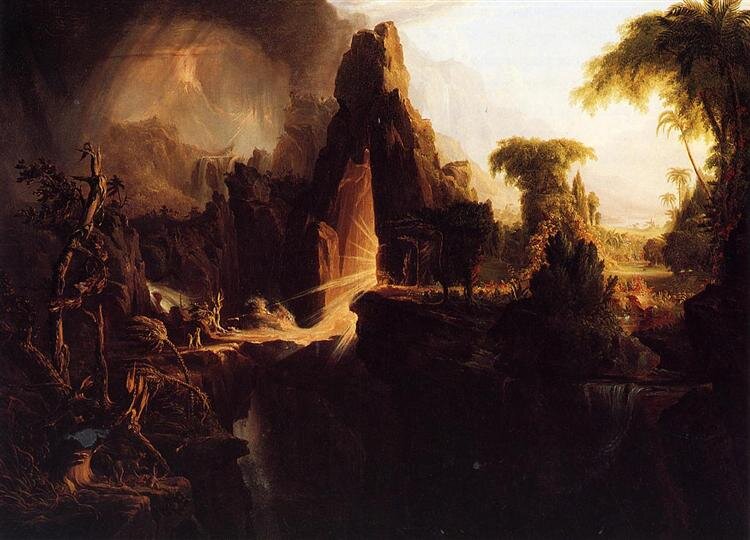
Thomas Cole, 1827 - 1828, Romanticism
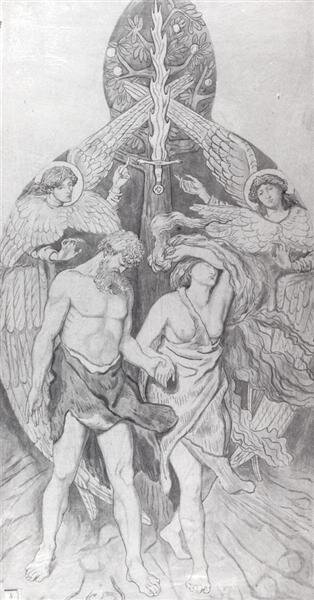
Ford Madox Brown, Romanticism
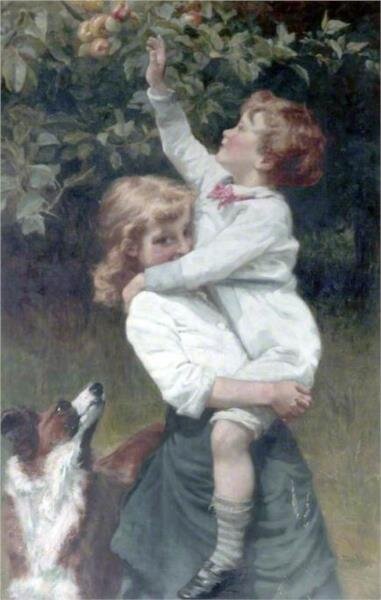
Frederick Morgan, 1891, Romanticism

Edvard Munch, 1918, Expressionism

Paul Gauguin, 1902; French Polynesia, Post-Impressionism
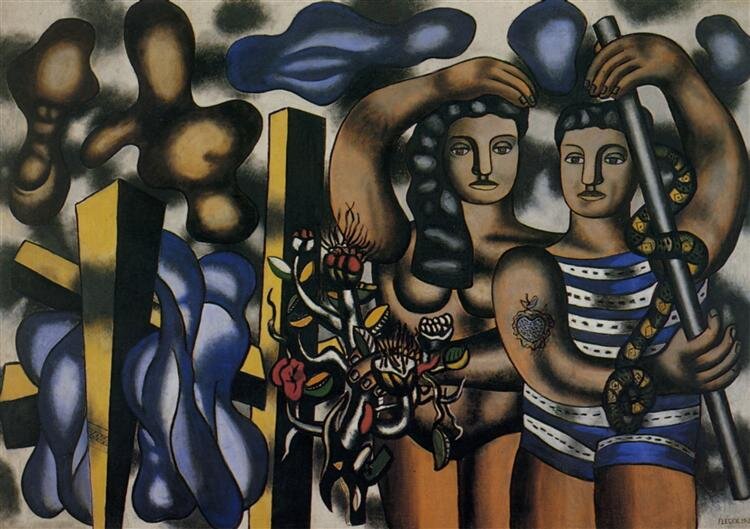
Fernand Leger, 1935 - 1939, Purism: Musee National Fernand Leger, Biot, France
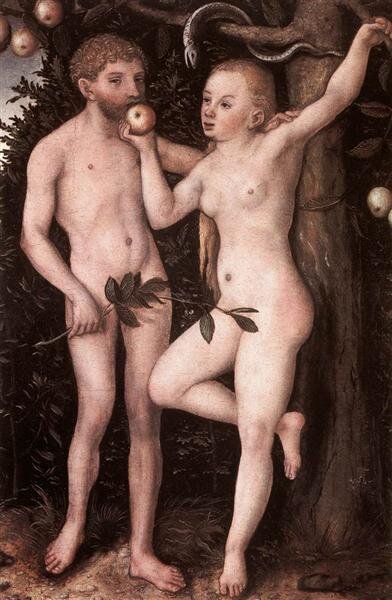
Lucas Cranach the Elder, c.1538, Germany, Northern Renaissance
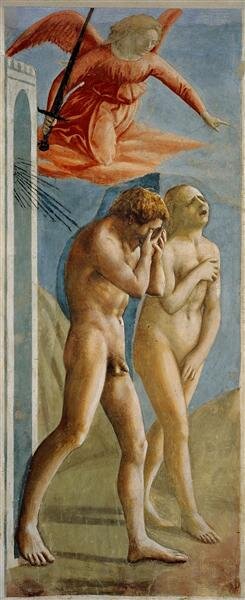
Masaccio, c.1427, Early Renaissance: Santa Maria del Carmine, Florence, Italy
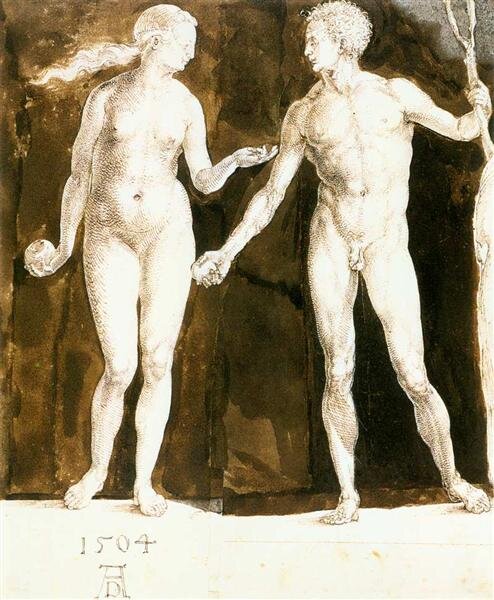
Albrecht Durer, 1504, Northern Renaissance: Morgan Library and Museum (Pierpont Morgan Library), New York City, NY, US
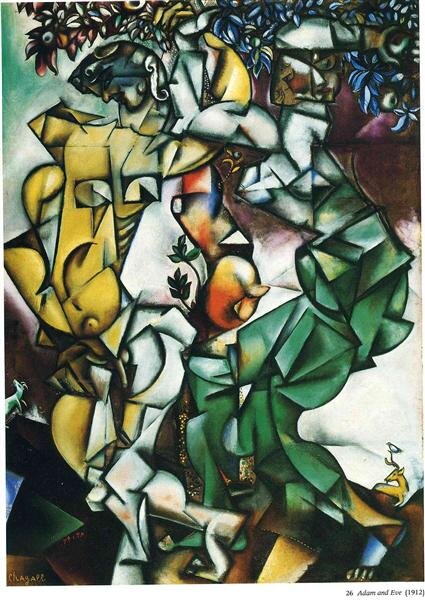
Marc Chagall, 1912; Paris, France, Cubism: Saint Louis Art Museum, St. Louis, MO, US
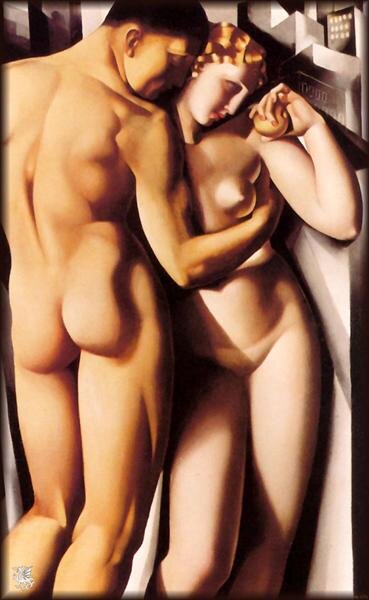
Tamara de Lempicka, 1932, Art Deco

Marc Chagall, 1960; France, Naïve Art (Primitivism)
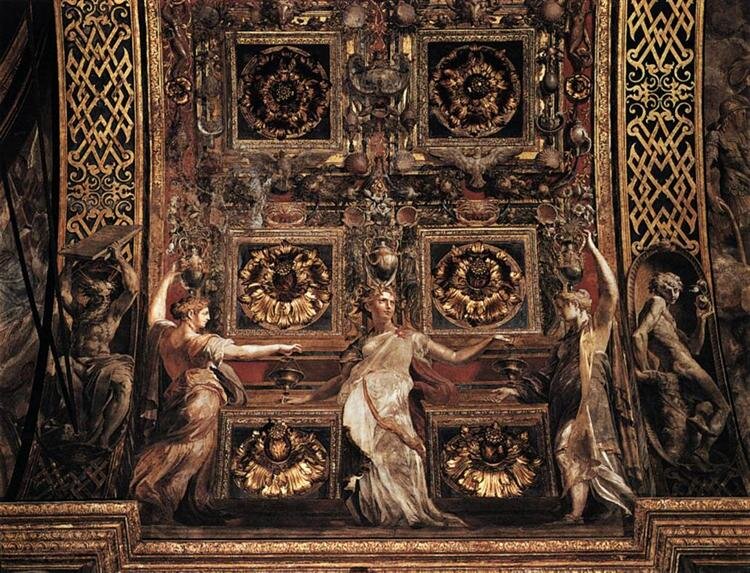
Parmigianino, c.1531 - c.1539, Mannerism (Late Renaissance): Sanctuary of Santa Maria della Steccata, Parma, Italy
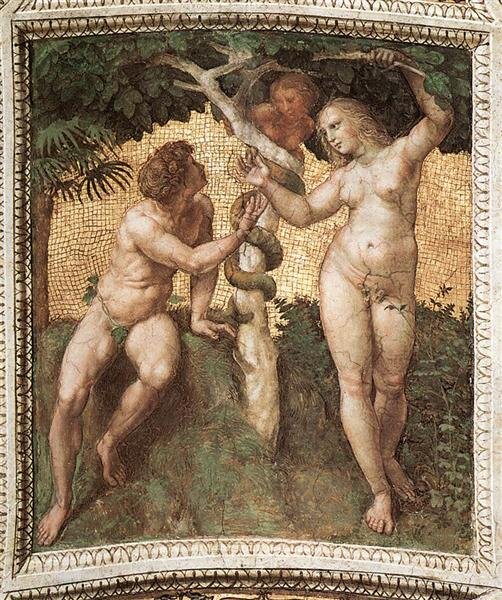
from the 'Stanza della Segnatura' Raphael, c.1508 - 1511, High Renaissance: Vatican Museums, Vatican

Pavel Filonov, 1912 - 1913, Analytical Realism
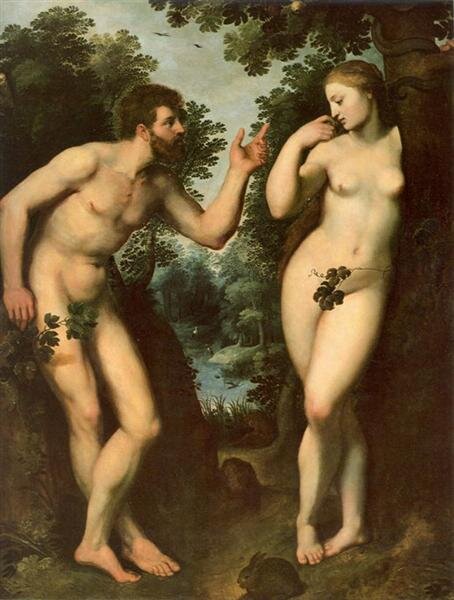
Peter Paul Rubens, c.1597, Baroque
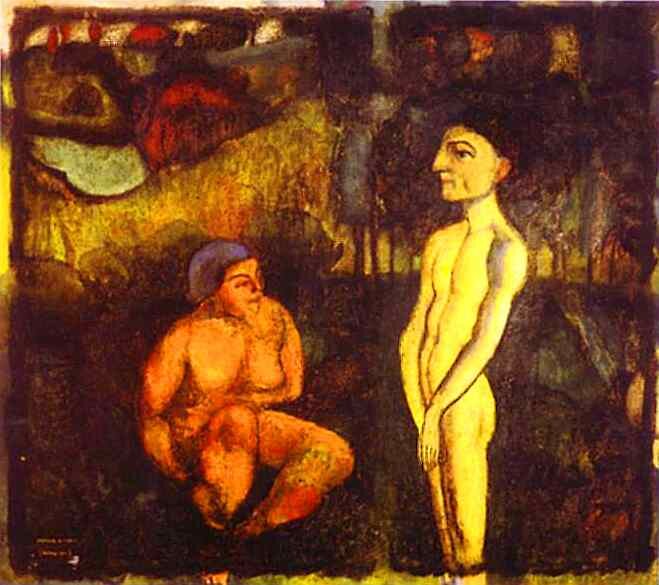
Marcel Duchamp, c.1910; France, Post-Impressionism: Philadelphia Museum of Art, Philadelphia, PA, US
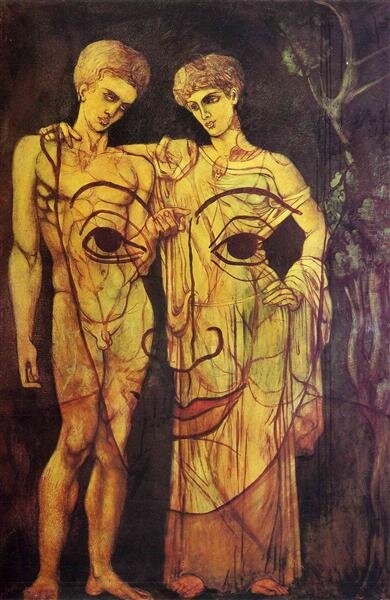
Francis Picabia, c.1931, Surrealism
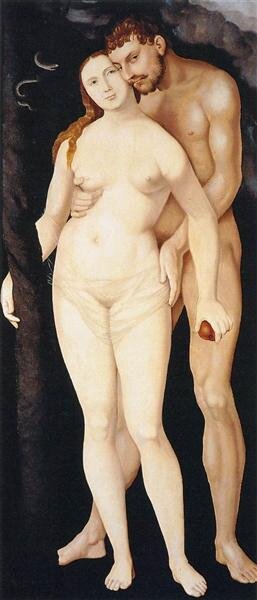
Hans Baldung, 1531, Northern Renaissance: Thyssen-Bornemisza Museum, Madrid, Spain
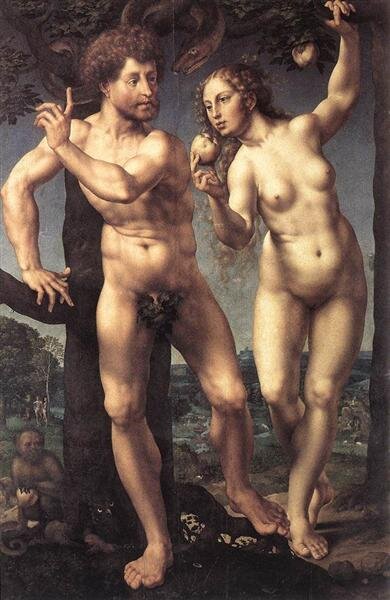
Mabuse, c.1527, Northern Renaissance
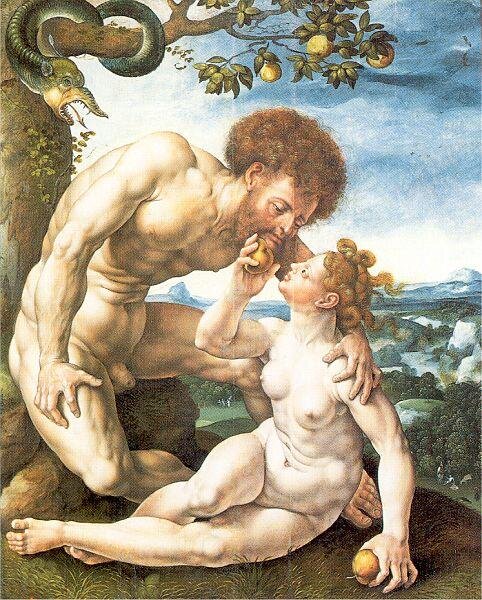
Mabuse, 1525, Northern Renaissance
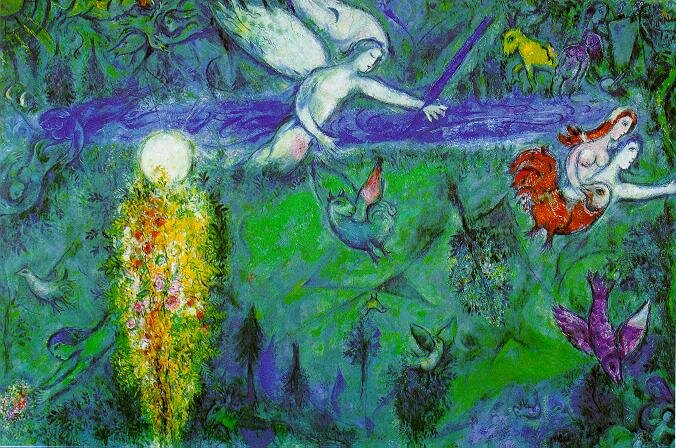
Marc Chagall, 1961; France, Surrealism
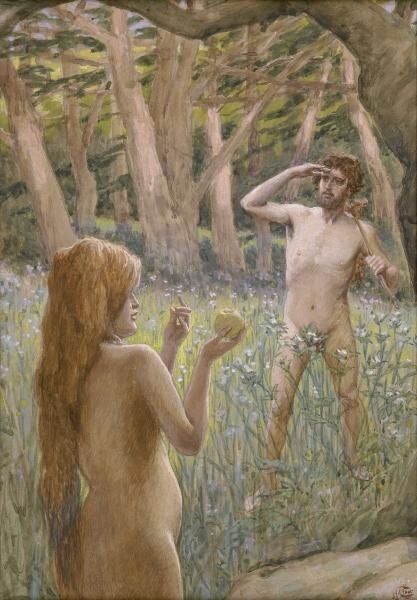
James Tissot, c.1875, Symbolism
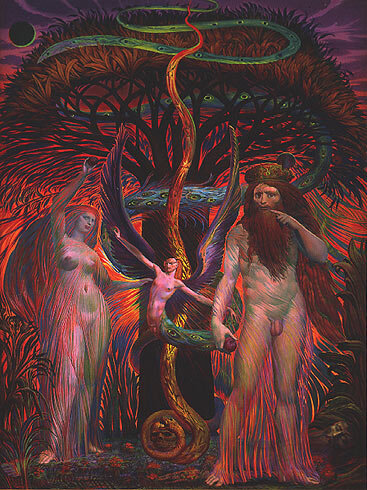
Ernst Fuchs, 1984, Fantastic Realism
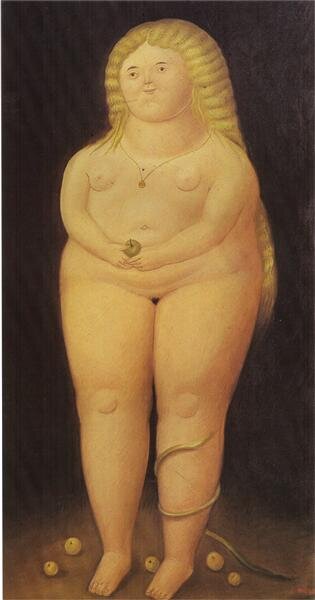
Fernando Botero, 1968, Naïve Art (Primitivism)

Maerten van Heemskerck, c.1550, Mannerism (Late Renaissance)
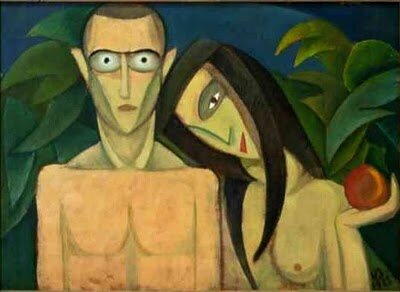
Victor Brauner, 1923, Expressionism
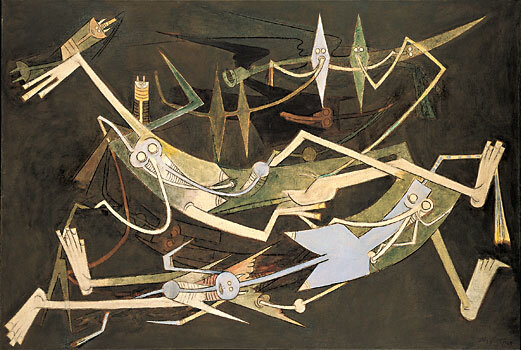
Wifredo Lam, 1969

Michelangelo, 1512, High Renaissance: Sistine Chapel Paintings
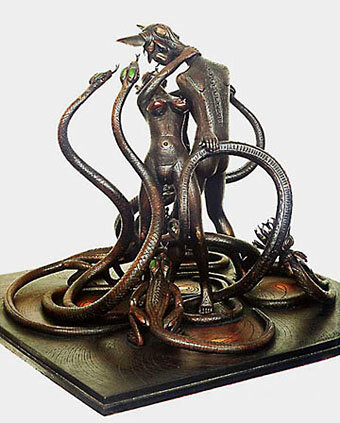
Jean Benoit, Surrealism
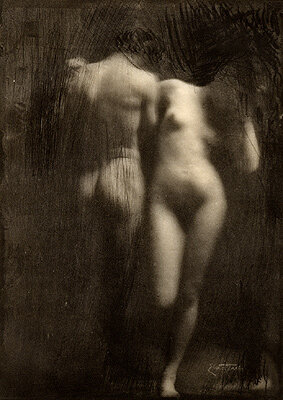
Frank Eugene, 1898, Pictorialism
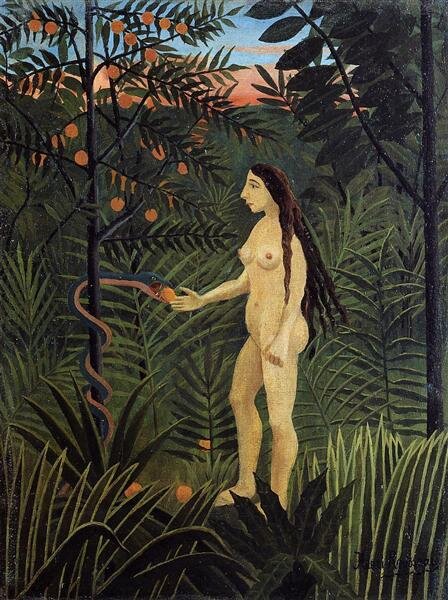
Henri Rousseau, c.1906 - 1907, Naïve Art (Primitivism): Kunsthalle Hamburg, Hamburg, Germany
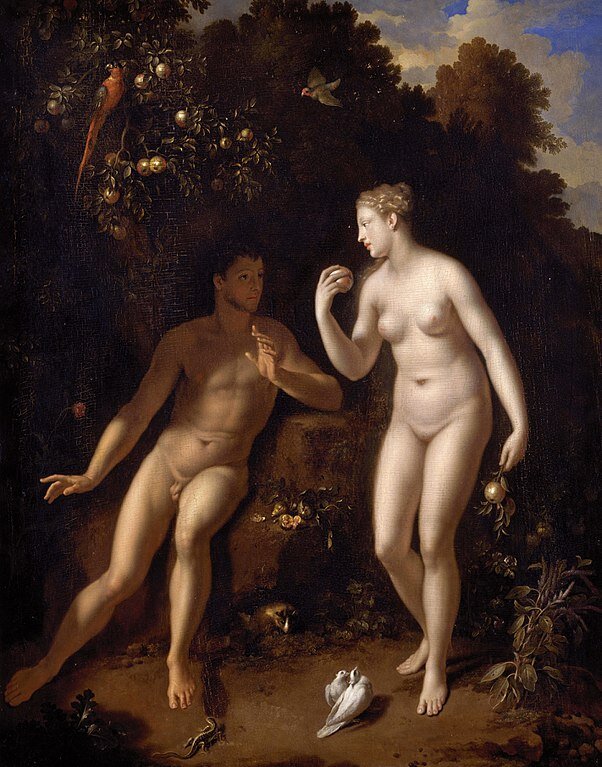
Adriaen van der Werff (1659–1722): Louvre Museum
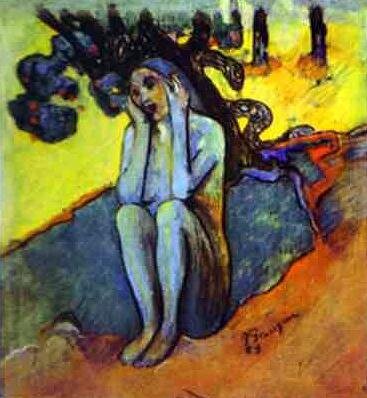
Paul Gauguin (1848–1903)
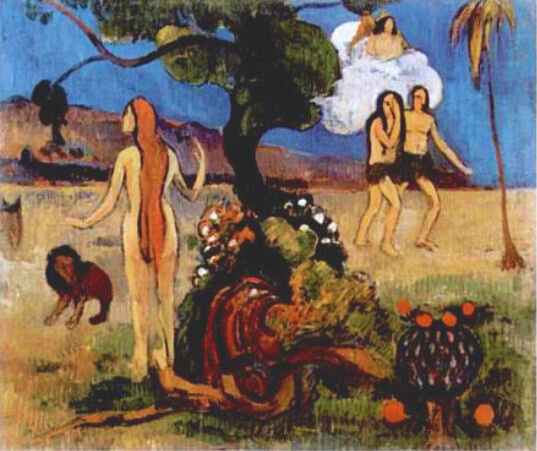
Paul Gauguin (1848–1903): Yale University Art Gallery (Inventory)
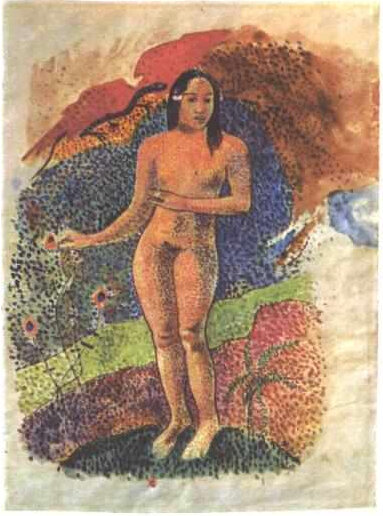
Paul Gauguin, 1848–1903
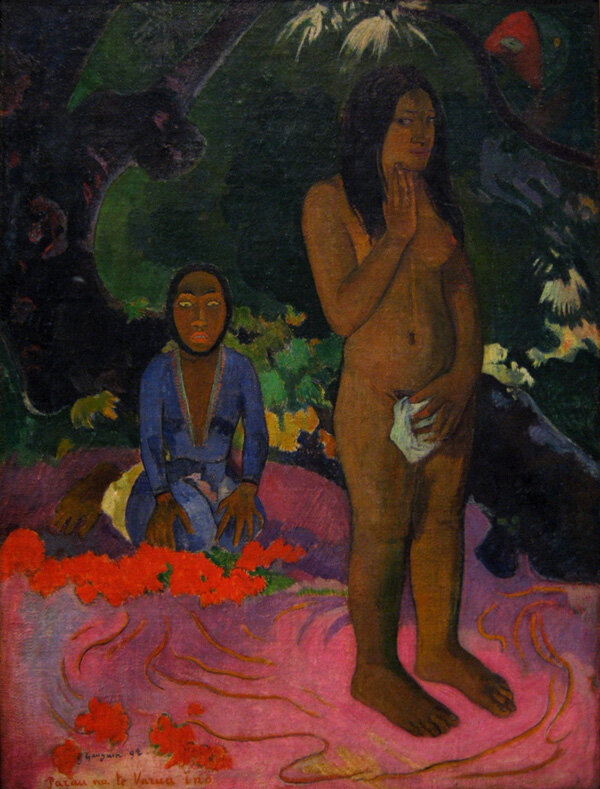
Paul Gauguin, 1892, National Gallery of Art, Washington, D.C.

Carlos Alonso, 1965, Expressionism

John Collier, 1886
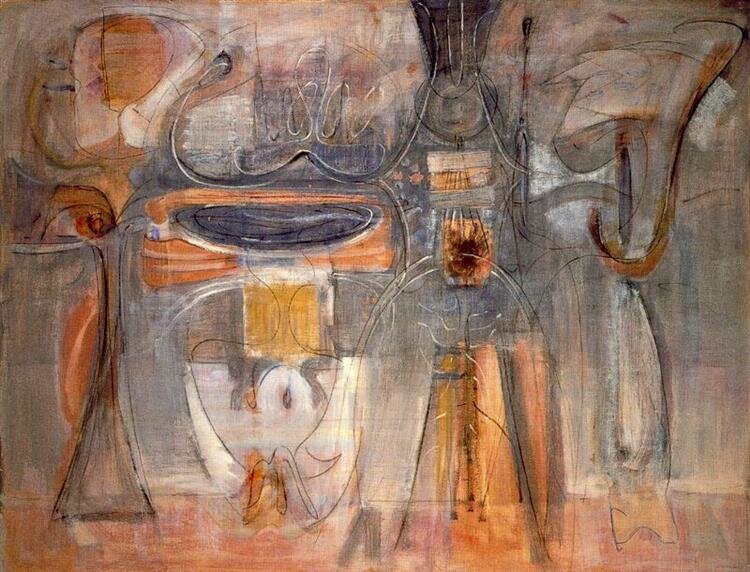
Mark Rothko, 1945, Surrealism

Kiki Smith, 1994, Feminist Art
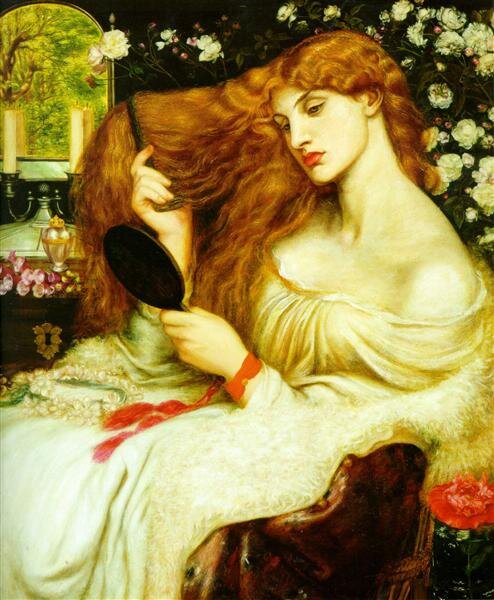
Dante Gabriel Rossetti, 1868, Romanticism: Delaware Art Museum, Wilmington, DE, US
According to ancient Judaic myth, Lilith is "the first wife of Adam" and is associated with the seduction of men and the murder of children. She is shown as a "powerful and evil temptress" and as "an iconic, Amazon-like female with long, flowing hair."
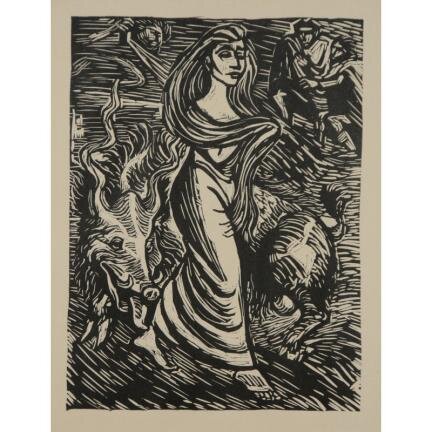
Lilith, Adam's First Wife, illustration from the poem Faust, from Goethe's Walpurgisnacht/ Walpurgis Night; Ernst Barlach: 1923, McMaster Museum of Art
Publisher: CASSIRER, Paul
Dimensions: Block: 19.2 x 14.3 cm (7 9/16 x 5 5/8 in.) Support: 31.4 x 23.2 cm (12 3/8 x 9 1/8 in.)
Medium: Woodcut on paper
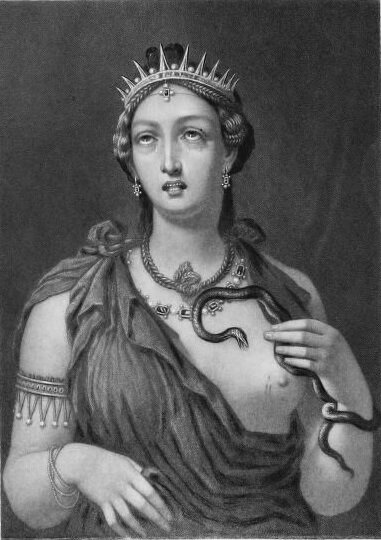
John Sartain, 1885, Engraving depicting Caesar Augustus' now lost painting of Cleopatra VII in encaustic, which was discovered at Emperor Hadrian's Villa (near Tivoli, Italy) in 1818. She is seen here wearing the golden radiant crown of the Ptolemaic rulers (Sartain, 1885, pp. 41, 44) and being bitten by an asp in an act of suicide. She also wears the knot of Isis (i.e. tyet) around her neck, which corresponds to Plutarch's description of her wearing the robes of the Egyptian goddess Isis (Plutarch's Lives, translated by Bernadotte Perrin, Cambridge, MA: Harvard University Press; London: William Heinemann Ltd., 1920, p. 9.)
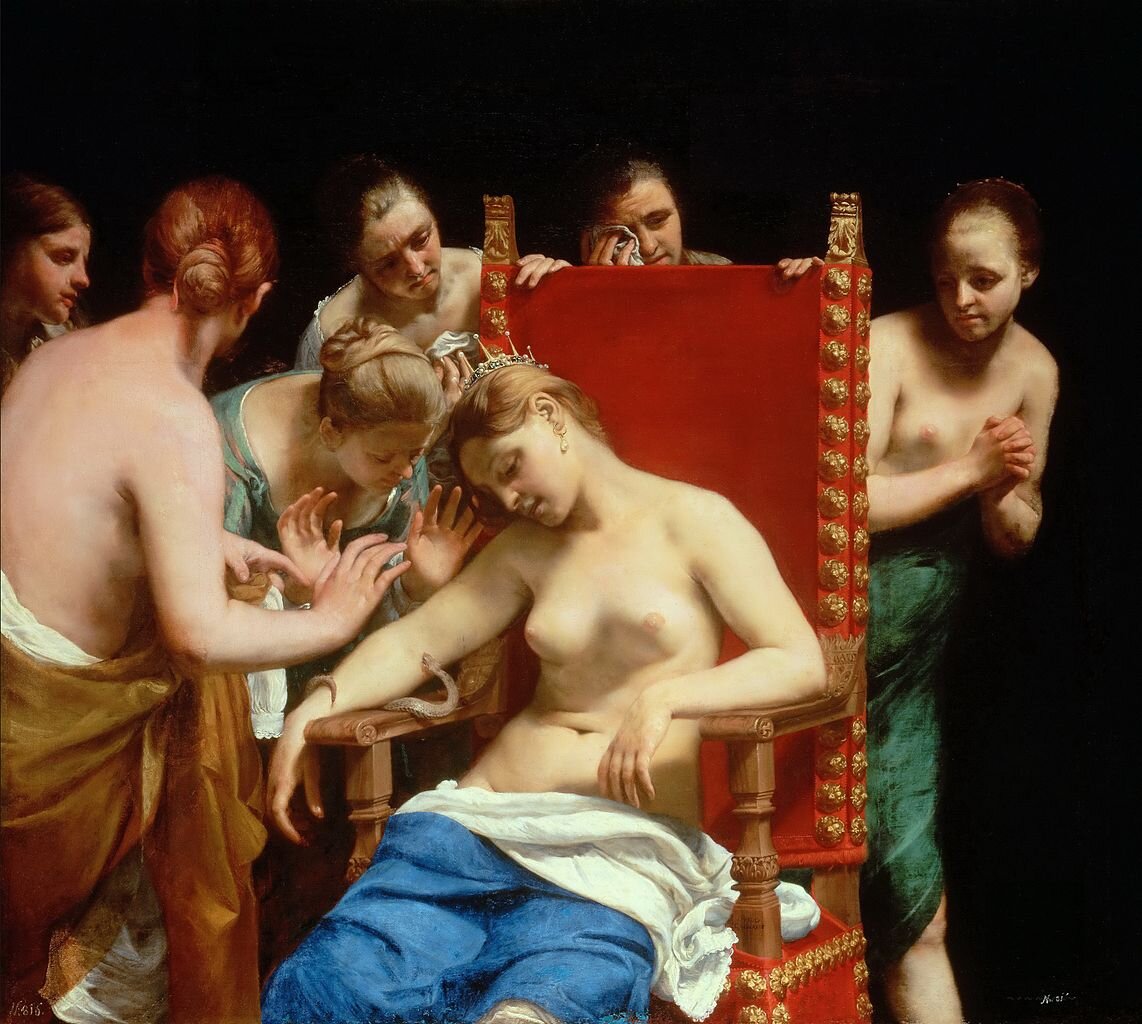
Guido Cagnacci, 1659, Kunsthistorisches Museum
image via Wikipedia
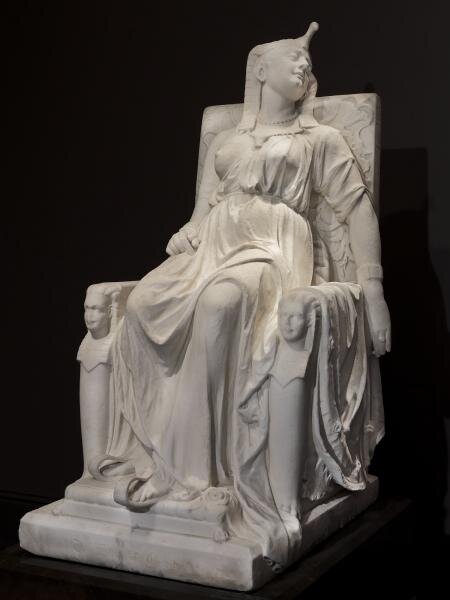
Edmonia Lewis, carved 1876, marble, Smithsonian American Art Museum, Gift of the Historical Society of Forest Park, Illinois, 1994.17
Cleopatra (69 — 30 BCE), the legendary queen of Egypt from 51 to 30 BCE, is often best known for her dramatic suicide, allegedly from the fatal bite of a poisonous snake. Here, Edmonia Lewis portrayed Cleopatra in the moment after her death, wearing her royal attire, in majestic repose on a throne. The identical sphinx heads flanking the throne represent the twins she bore with Roman general Marc Antony, while the hieroglyphics on the side have no meaning. Lewis was working at a time when Neoclassicism was a popular artistic style that favored classical, Biblical, or literary themes—thus Cleopatra was a common subject. Unlike her contemporaries who often depicted an idealized Cleopatra merely contemplating suicide, Lewis showed the queen’s death more realistically, after the asp’s venom had taken hold—an attribute viewed as “ghastly” and “absolutely repellant” in its day (William J. Clark, Great American Sculpture, 1878). Despite this, the piece was first exhibited to great acclaim at the Centennial Exhibition in Philadelphia in 1876 and critics raved that it was the most impressive American sculpture in the show. Not long after its debut, however, Death of Cleopatra was presumed lost for almost a century—appearing at a Chicago saloon, marking a horse’s grave at a suburban racetrack, and eventually reappearing at a salvage yard in the 1980s. The Museum has an online exhibit that documents the statue’s storied history and conservation.
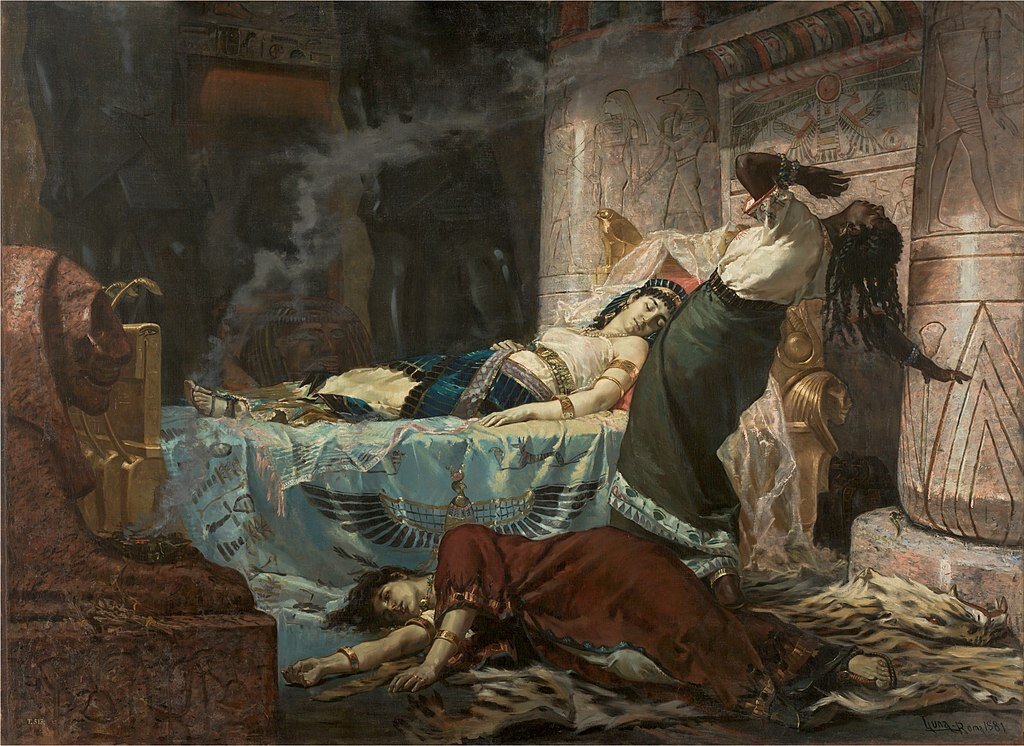
Juan Luna, 1881, Museo del Prado
image via Wikipedia

Guercino, 1648, Musei di Strada Nuova
image via Wikipedia

detail from the Tomb of Francis II, Duke of Brittany and his wives, Cathedral of Sts. Peter and Paul, Nantes, France
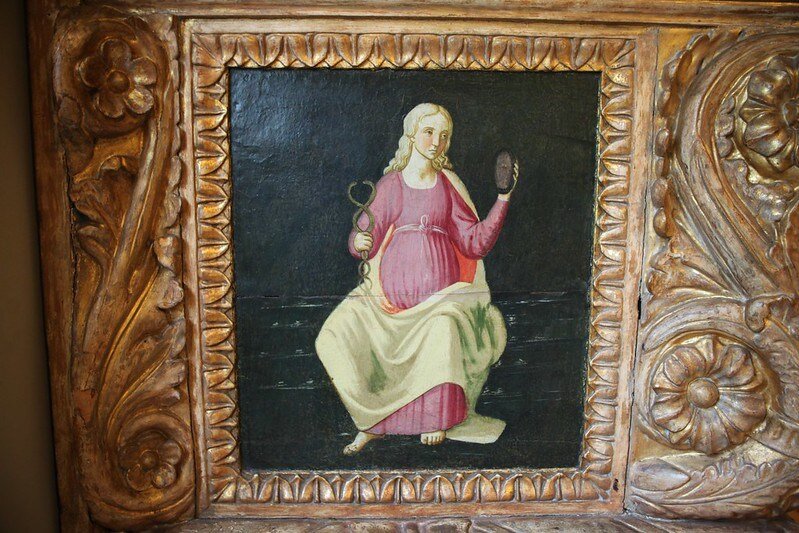
detail from Cassone made for Lorenzo Morelli, portrait attributed to Domenico de Zanobi, Courtauld Gallery
photo from Art Mirrors Art
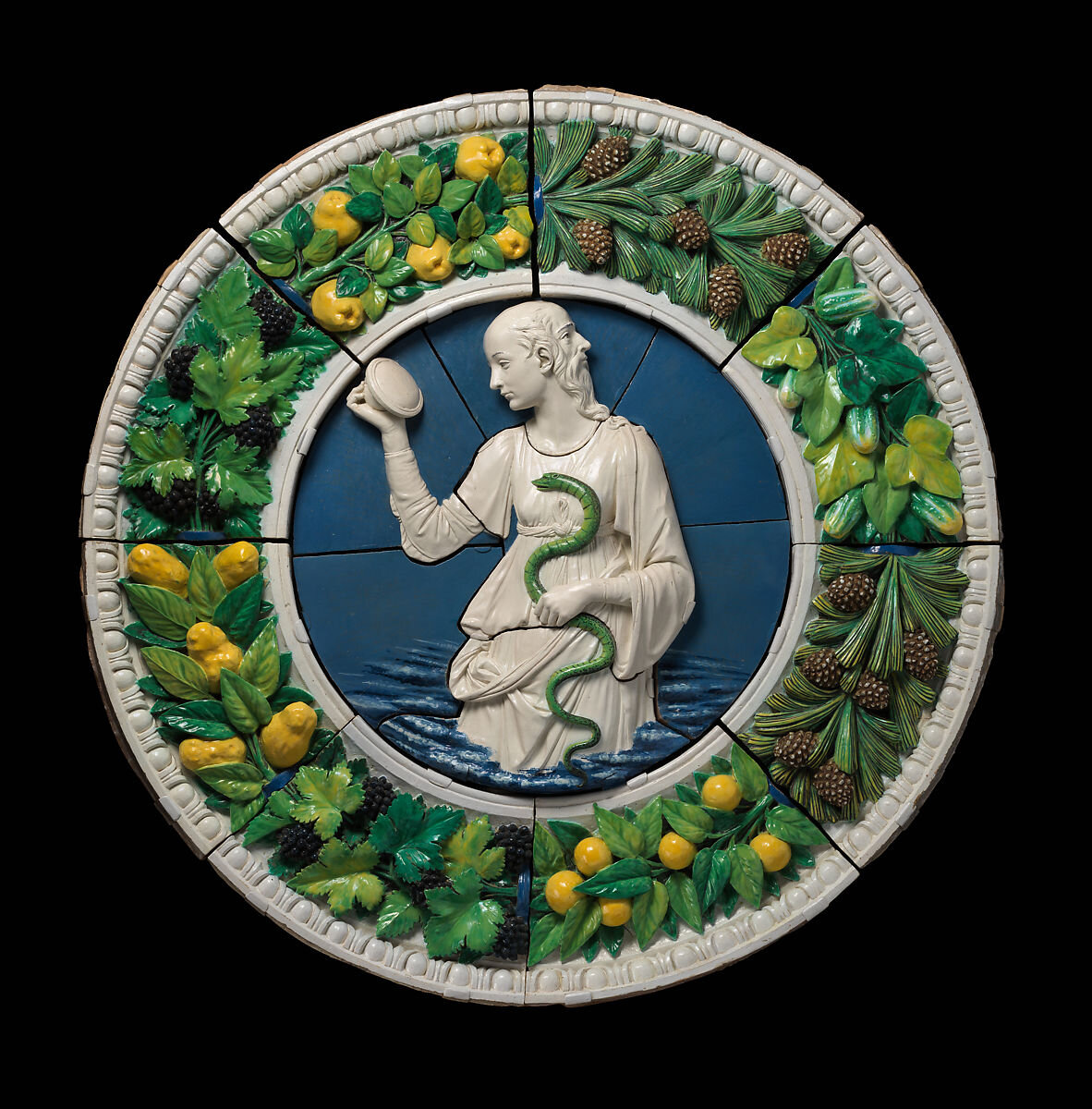
Andrea della Robbia, Italian, c. 1475, Metropolitan Museum of Art
Purchase, Joseph Pulitzer Bequest, 1921
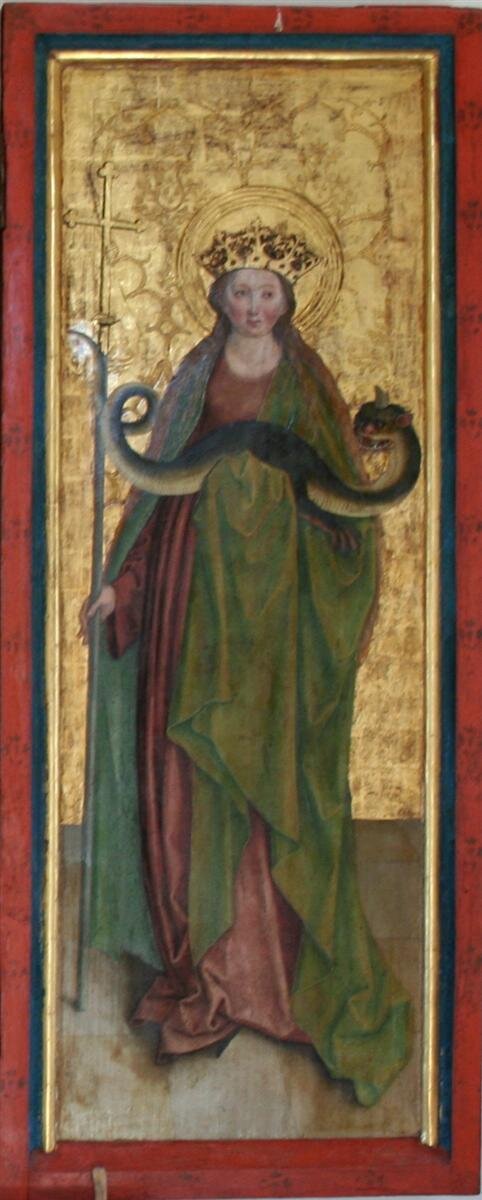
Bernhard Strigel, Northern Renaissance
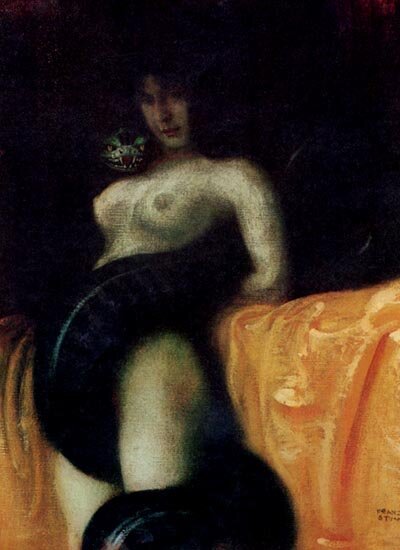
Franz Stuck, 1891, Private Collection, image via WikiArt
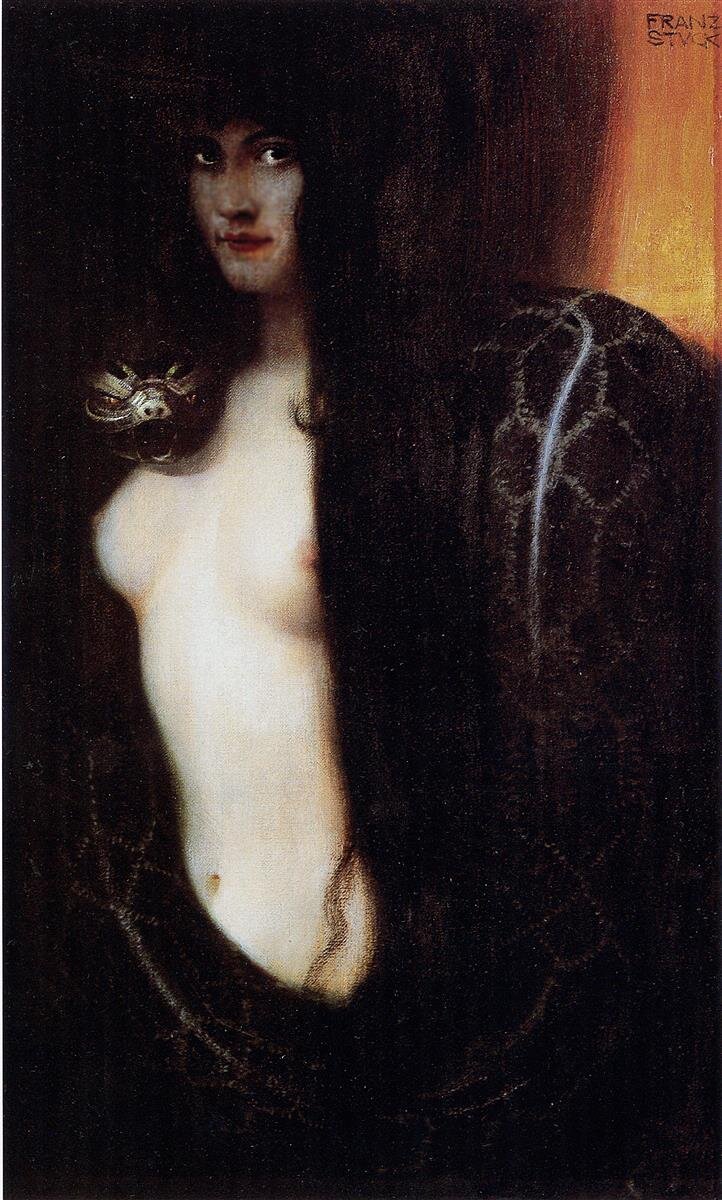
Franz Stuck, 1893, Neue Pinakothek, Munich, Germany, image via WikiArt
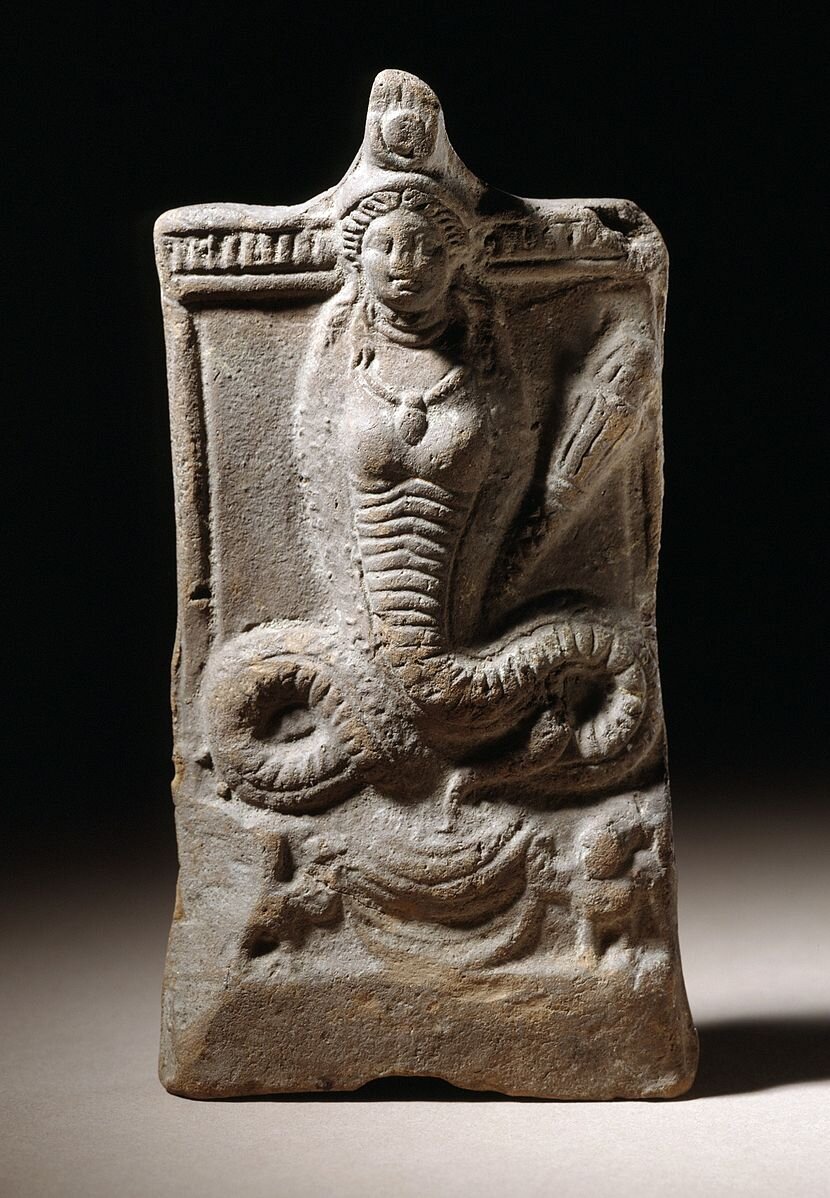
Egypt, 2nd century A.D., Los Angeles County Museum of Art, image via Wikimedia Commons courtesy of LACMA
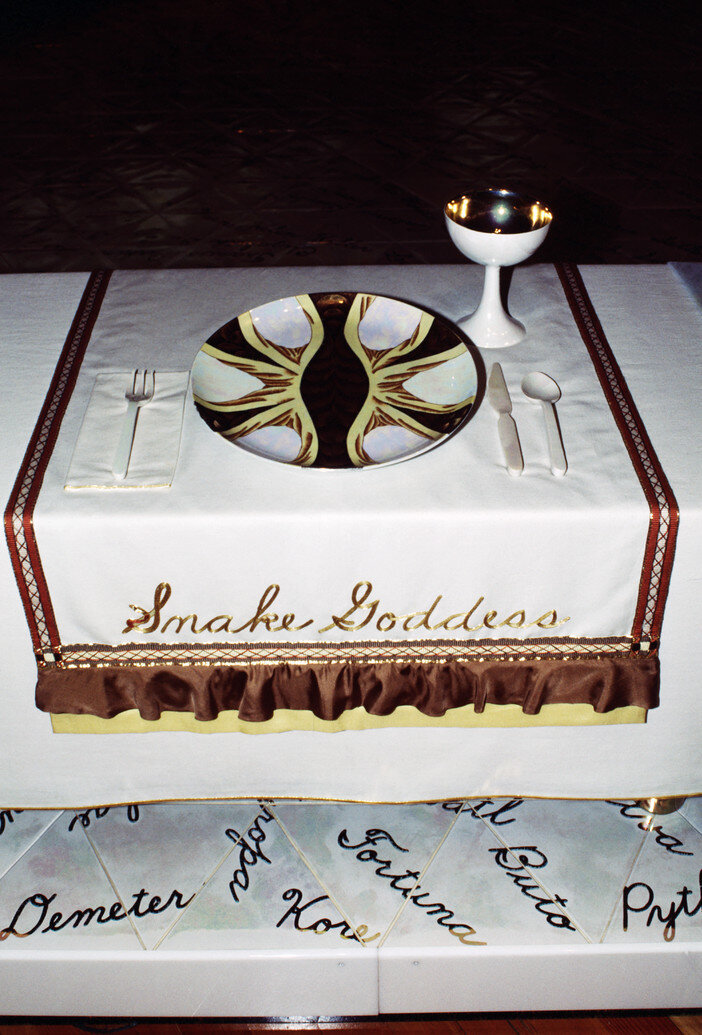
Judy Chicago, Snake Goddess Place Setting (from The Dinner Party), 1979; Mixed media; Collection of Brooklyn Museum, Brooklyn, NY; Photo courtesy of Betty Boyd Dettre Library & Research Center, National Museum of Women in the Arts; © Judy Chicago


































































Python was a Greek serpent goddess, daughter of Gaea, who guarded the oracle of Delphi on Mount Parnassus until she was slain by Apollo who claimed the oracle as his own.
“The shrine that perhaps offers the deepest insight into the connections of the female deity of Greece to the Serpent Goddess of Crete is Delphi. [...] In the earliest times, the Goddess at Delphi was held sacred as the one who supplied the divine revelations spoken by the priestesses who served Her. The woman who brought forth the oracles of divine wisdom was called the Pythia. Coiled about the tripod stool upon which she sat was a snake known as Python ... described in the earliest accounts as female [. . . ]
It was the priestesses who most often supplied the respected counsel.”
— Merlin Stone, When God Was a Woman
The Cobra Goddess Ua Zit was revered on the Nile Delta in pre-dynastic Egypt as the Uraeus serpent, the Eye, featured on the foreheads of Egyptian deities and royalty.
This Egyptian serpent goddess is also known as Buto, Uto, Wadjet, Wedjat, or Bast — worshipped in Lower Egypt, usually portrayed as a woman or a cobra wearing the crown of lower Egypt. She was also associated with images of Au Set (Isis) and may have been connected to the Sumerian belief in Ama Usum Gal Ana, Great Mother Serpent of Heaven.
She may also have survived in the Arabian Goddess Al Uzza who was regarded as either Venus or Sirius.
The most sacred centre of the worship of Ua Zit was the Delta town of Per Buto (the Greek Buto), said to lie beneath modern day Dessuk. Buto was regarded as one of the most important oracle sites of Egypt at the time of Classical Greece.
The placement of the Ua Zit Cobra on the forehead is comparable to the Indian concept of the Shakti Kundalini serpent rising to the Ajna Chakra, considered the Third Eye of Wisdom
Closely associated with Horus the Elder, and the counterpart to the Upper Egyptian Goddess Nekhbet, she was called “Lady of Heaven” and “Queen of all Gods”.
She was depicted as either carrying a papyrus stem around which a cobra was coiled, or as simply as a cobra coiled in a basket wearing the crown of Lower Egypt. She is also called “the Lady of the Flames, and considered a protector goddess because she spits out her venom against the enemies of the king.
She was depicted either as a cobra or snake with a woman’s torso; or as a woman with a snake’s head, a two-headed snake, or a woman wearing the uraeus. Wadjet was associated with the Milky Way–the primal serpent. In later dynasties she was elided with the goddess Bast, combining the attributes of a lion and a cobra.
Judy Chicago’s installation artwork The Dinner Party includes a place setting for the Snake Goddess.

Snake Goddess Place Setting
Judy Chicago (American, born 1939). Snake Goddess Place Setting, 1974-1979. Runner:Cotton/linen base fabric, woven interface support material (horsehair, wool, and linen), cotton twill tape, silk, synthetic gold cord, Japanese cord, Maltese silk thread, DMC cotton embroidery floss, thread Plate:Porcelain with overglaze enamel (China paint), rainbow overglaze, gold metallic glaze, Runner: 51 1/2 x 31 in. (130.8 x 78.7 cm). Brooklyn Museum, Gift of The Elizabeth A. Sackler Foundation, 2002.10-PS-5. © artist or artist's estate (Photo: Brooklyn Museum, 2002.10-PS-5_plate_PS9.jpg)

Judy Chicago (American, b. 1939). The Dinner Party (Snake Goddess place setting), 1974–79. Mixed media: ceramic, porcelain, textile. Brooklyn Museum, Gift of the Elizabeth A. Sackler Foundation, 2002.10. © Judy Chicago. Photograph by Jook Leung Photography
Hygieia
Amanta Scott, encaustic on canvas on birch, 102 x 102 cm, 2020
Hygieia is the Greek Goddess of Health, Cleanliness and Sanitation. She was also the daughter or wife of Asclepius, the God of Healing and Medicine.
She has often been depicted as a young woman feeding a large snake which is wrapped around her body or drinking from a jar she carries.
Gustav Klimt, 1900-1907, Klimt University of Vienna Ceiling Paintings. The bottom portion of the Medicine picture, showing Hygieia
Statue (head) of the goddess Hygieia, daughter of Asclepius, by the Greek sculptor Scopas (c. 395 BC – 350 BC). From the temple of Athena Alea at Tegea, exhibited at the National Archaeological Museum of Athens.
image from Wikipedia
Hygieia fountain in the city hall courtyard, Hamburg, Germany
image from Wikipedia, photo by Daniel Schwen
Hygieia fountain in the city hall courtyard, Hamburg, Germany
image from Wikipedia, photo by Daniel Schwen

Bowl of Hygieia - image from ancient-symbols.com
The Bowl of Hygieia is one of the symbols of pharmacy, as is the Rod of Asclepius depicted as a rod with a snake entwined around it.
The World Health Organization uses the Rod of Asclepius in their logo.


The Caduceus, symbol of God Ningishzida, on the libation vase of Sumerian ruler Gudea, circa 2100 BCE.
The caduceus is a staff carried by the god Hermes.
The image of two serpents entwined around an axial rod may also be the origins of the caduceus, which first appeared as a symbol of God/Goddess Ningishzida, a Mesopotamian underworld deity considered to be the god or goddess of medicine, nature and fertility.
The caduceus, depicted with intertwined snakes and wings, has been used as a symbol of healthcare and medical practice although in Greek mythology it was intended as a symbol of commerce and negotiation, balance, exchange and reciprocity. see the US Army Medical Corps
Lilith
Lilith is a character in the Apocrypha, hidden writings removed from the Bible. Lilith is Adam’s first wife, created as his equal. Lilith, however refused to sleep or serve under Adam. When Adam tried to force her into the “inferior” position it is said that she flew away, copulated with demons and refused to return to Adam.
Dante Gabriel Rossetti, 1868, Romanticism: Delaware Art Museum, Wilmington, DE, US
According to ancient Judaic myth, Lilith is "the first wife of Adam" and is associated with the seduction of men and the murder of children. She is shown as a "powerful and evil temptress" and as "an iconic, Amazon-like female with long, flowing hair."
Lilith, Adam's First Wife, illustration from the poem Faust, from Goethe's Walpurgisnacht/ Walpurgis Night; Ernst Barlach: 1923, McMaster Museum of Art
Publisher: CASSIRER, Paul
Dimensions: Block: 19.2 x 14.3 cm (7 9/16 x 5 5/8 in.) Support: 31.4 x 23.2 cm (12 3/8 x 9 1/8 in.)
Medium: Woodcut on paper
Eve
Eve is a character in the Book of Genesis in the Hebrew Bible and also in the Quran. She is said to be Adam’s second wife.
In Genesis 2, Eve is created by God (Yaweh); taken from the rib of Adam to be his companion. The two are given the task of guarding and keeping the Garden of Eden. Adam is instructed that they are forbidden to eat the fruit from the tree of the knowledge of good and evil. Although Eve is apparently not present when God commands Adam not to eat the fruit, it is understood that she is aware of the command.
One day, however, a wily serpent (with legs) speaks to her and entices her to taste the forbidden fruit. Eve succumbs and shares the fruit with Adam. Having eaten the fruit, the pair become aware of their nakedness and hurriedly construct some garments to cover themselves.
All of this incurs the wrath of God. The three are then judged and subsequently expelled from the Garden of Eden. Eve (and all resultant womankind) is cursed with a life of sorrow, the pain of childbirth and a subservient relationship to her husband; and the serpent is cursed to crawl on its belly the rest of its days.
In some versions of the story the serpent is equated with Satan, and Eve’s sin is equated with sexual temptation.
Giovanni Battista Piranesi, Neoclassicism
Lucas Cranach the Elder, 1530, Northern Renaissance: Kunsthistorisches Museum, Vienna, Austria
Fernand Leger, 1935 - 1939, Purism: Musee National Fernand Leger, Biot, France
Masaccio, c.1427, Early Renaissance: Santa Maria del Carmine, Florence, Italy
Albrecht Durer, 1504, Northern Renaissance: Morgan Library and Museum (Pierpont Morgan Library), New York City, NY, US
Marc Chagall, 1960; France, Naïve Art (Primitivism)
Marcel Duchamp, c.1910; France, Post-Impressionism: Philadelphia Museum of Art, Philadelphia, PA, US
Marc Chagall, 1961; France, Surrealism
Prudence
Known as one of the Cardinal Virtues (Justice, Temperance, Courage and Prudence) Prudence is often depicted holding the mirror of truth in her left hand, symbolizing the reflection of every thought which must wisely contemplated and assessed; and holding a compass in her right hand, symbolizing the extent of any action; accompanied by a snake, or two. Often she is depicted with two faces: at the front, a young woman looking to the future while at the back of her head is seen an old man implying the wisdom of the past.
Cleopatra
John Sartain, 1885, Engraving depicting Caesar Augustus' now lost painting of Cleopatra VII in encaustic, which was discovered at Emperor Hadrian's Villa (near Tivoli, Italy) in 1818. She is seen here wearing the golden radiant crown of the Ptolemaic rulers (Sartain, 1885, pp. 41, 44) and being bitten by an asp in an act of suicide. She also wears the knot of Isis (i.e. tyet) around her neck, which corresponds to Plutarch's description of her wearing the robes of the Egyptian goddess Isis (Plutarch's Lives, translated by Bernadotte Perrin, Cambridge, MA: Harvard University Press; London: William Heinemann Ltd., 1920, p. 9.)
Edmonia Lewis, carved 1876, marble, Smithsonian American Art Museum, Gift of the Historical Society of Forest Park, Illinois, 1994.17
Cleopatra (69 — 30 BCE), the legendary queen of Egypt from 51 to 30 BCE, is often best known for her dramatic suicide, allegedly from the fatal bite of a poisonous snake. Here, Edmonia Lewis portrayed Cleopatra in the moment after her death, wearing her royal attire, in majestic repose on a throne. The identical sphinx heads flanking the throne represent the twins she bore with Roman general Marc Antony, while the hieroglyphics on the side have no meaning. Lewis was working at a time when Neoclassicism was a popular artistic style that favored classical, Biblical, or literary themes—thus Cleopatra was a common subject. Unlike her contemporaries who often depicted an idealized Cleopatra merely contemplating suicide, Lewis showed the queen’s death more realistically, after the asp’s venom had taken hold—an attribute viewed as “ghastly” and “absolutely repellant” in its day (William J. Clark, Great American Sculpture, 1878). Despite this, the piece was first exhibited to great acclaim at the Centennial Exhibition in Philadelphia in 1876 and critics raved that it was the most impressive American sculpture in the show. Not long after its debut, however, Death of Cleopatra was presumed lost for almost a century—appearing at a Chicago saloon, marking a horse’s grave at a suburban racetrack, and eventually reappearing at a salvage yard in the 1980s. The Museum has an online exhibit that documents the statue’s storied history and conservation.
References
- New Larousse Encyclopedia of Mythology, Paul Hamlyn, Hong Kong, 1968
- When God Was A Woman, Merlin Stone, Harvest HBJ Edition, USA, 1976
- Ancient Mirrors of Womanhood, Merlin Stone, Beacon Press, Boston, 1984
- The Language of the Goddess, Marija Gimbutas, Harper & Row, San Francisco, 1921
- https://en.wikipedia.org/wiki/Hygieia
- https://en.wikipedia.org/wiki/Minoan_snake_goddess_figurines
- https://www.brooklynmuseum.org/opencollection/objects/166069
- https://www.brooklynmuseum.org/eascfa/dinner_party/place_settings/snake_goddess
- https://www.brooklynmuseum.org/eascfa/dinner_party/heritage_floor/python
- https://www.brooklynmuseum.org/eascfa/dinner_party/heritage_floor/bu to
- https://artmirrorsart.wordpress.com/2015/07/19/prudence-at-her-toilette/
- https://en.wikipedia.org/wiki/Rod_of_Asclepius
- http://www.egyptianmyths.net/buto.htm
- http://www.ancient-egypt.org/religion/pantheon/uto.html
- https://ferrebeekeeper.wordpress.com/tag/buto/
- http://www.landofpyramids.org/two-ladies.htm
- https://mylittleoccultshop.blogspot.com/2017/07/the-wadjet.html
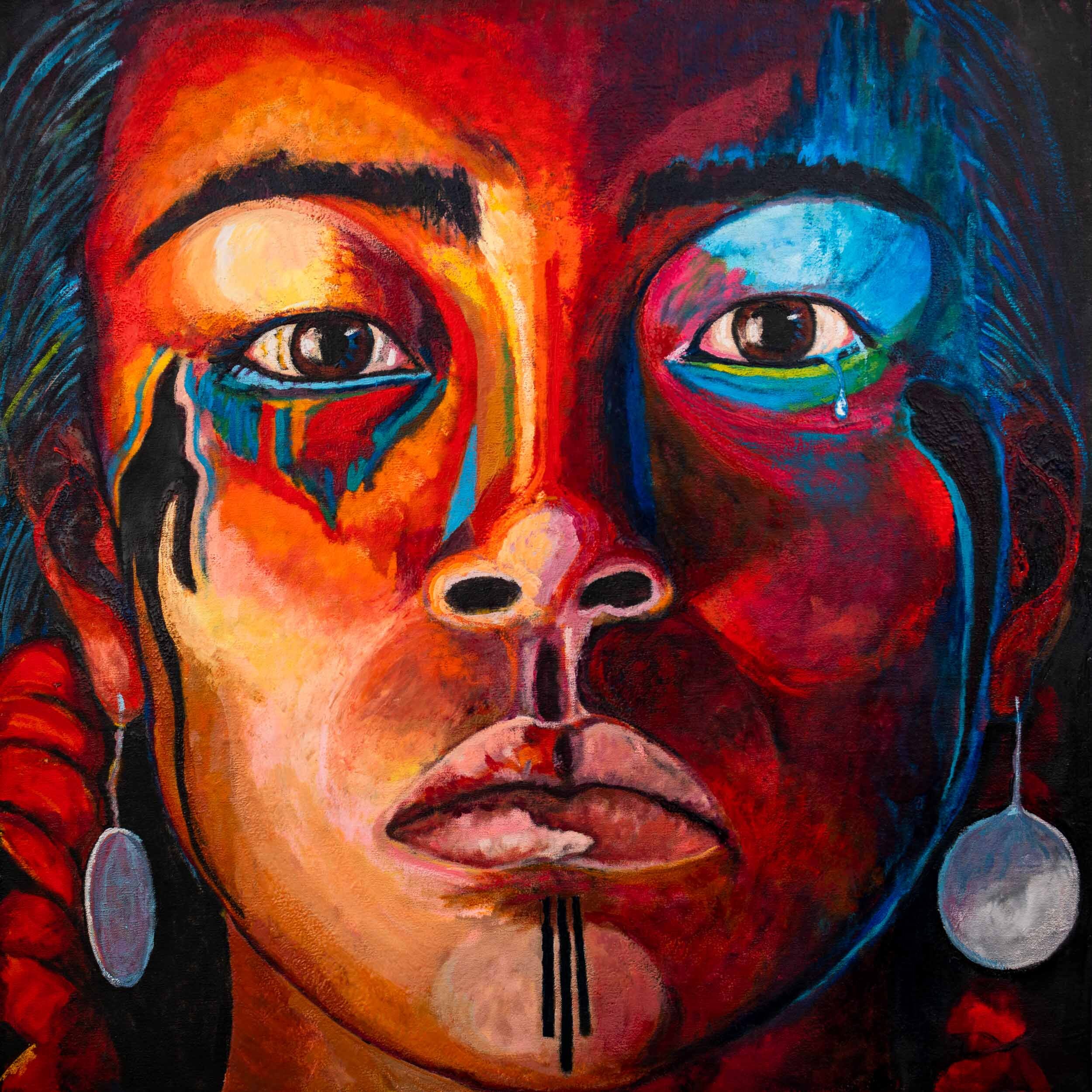

Amanta Scott, encaustic on canvas on panel, 108.5 x 108.5 x 5.75 cm (framed), 2019-2021